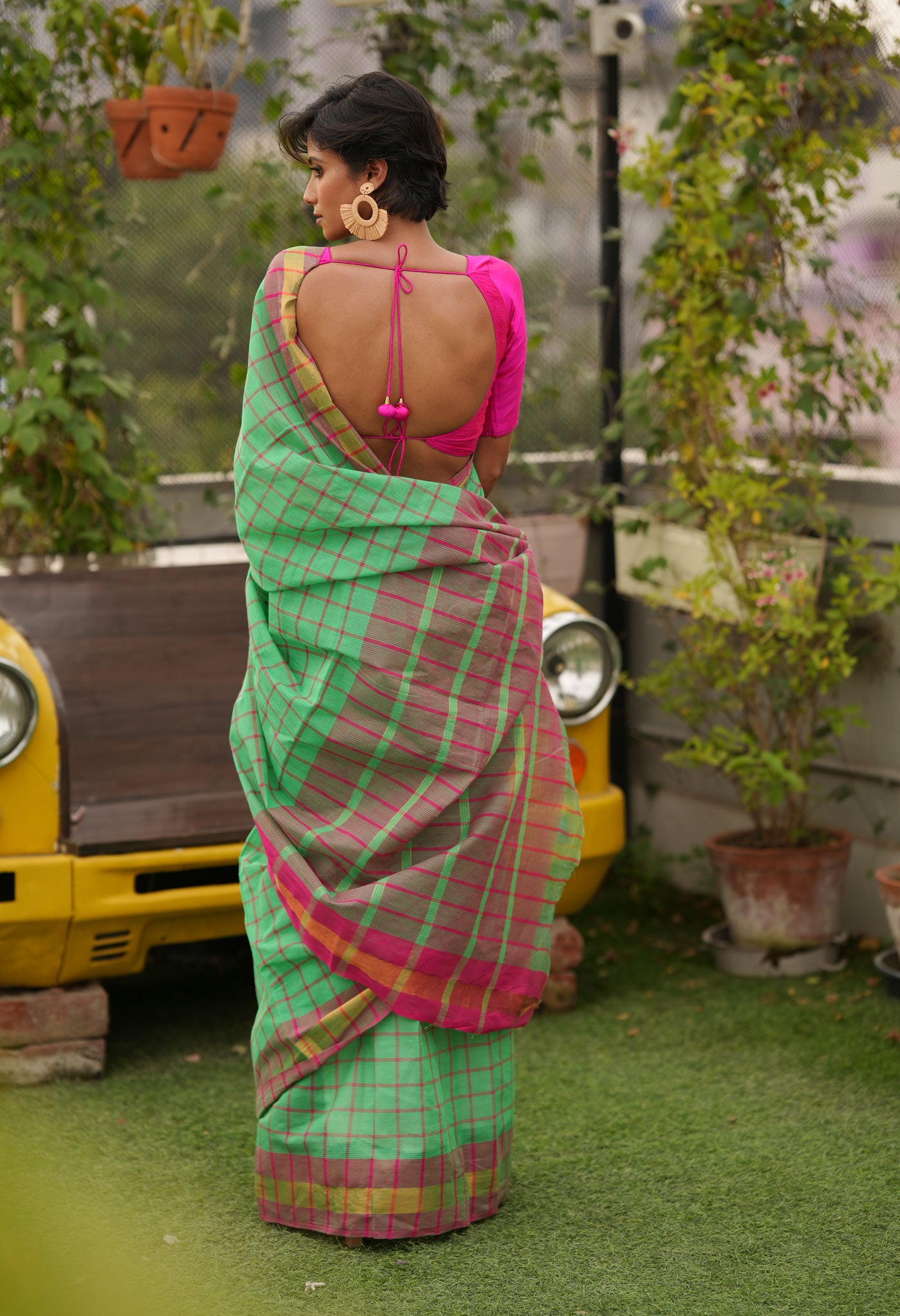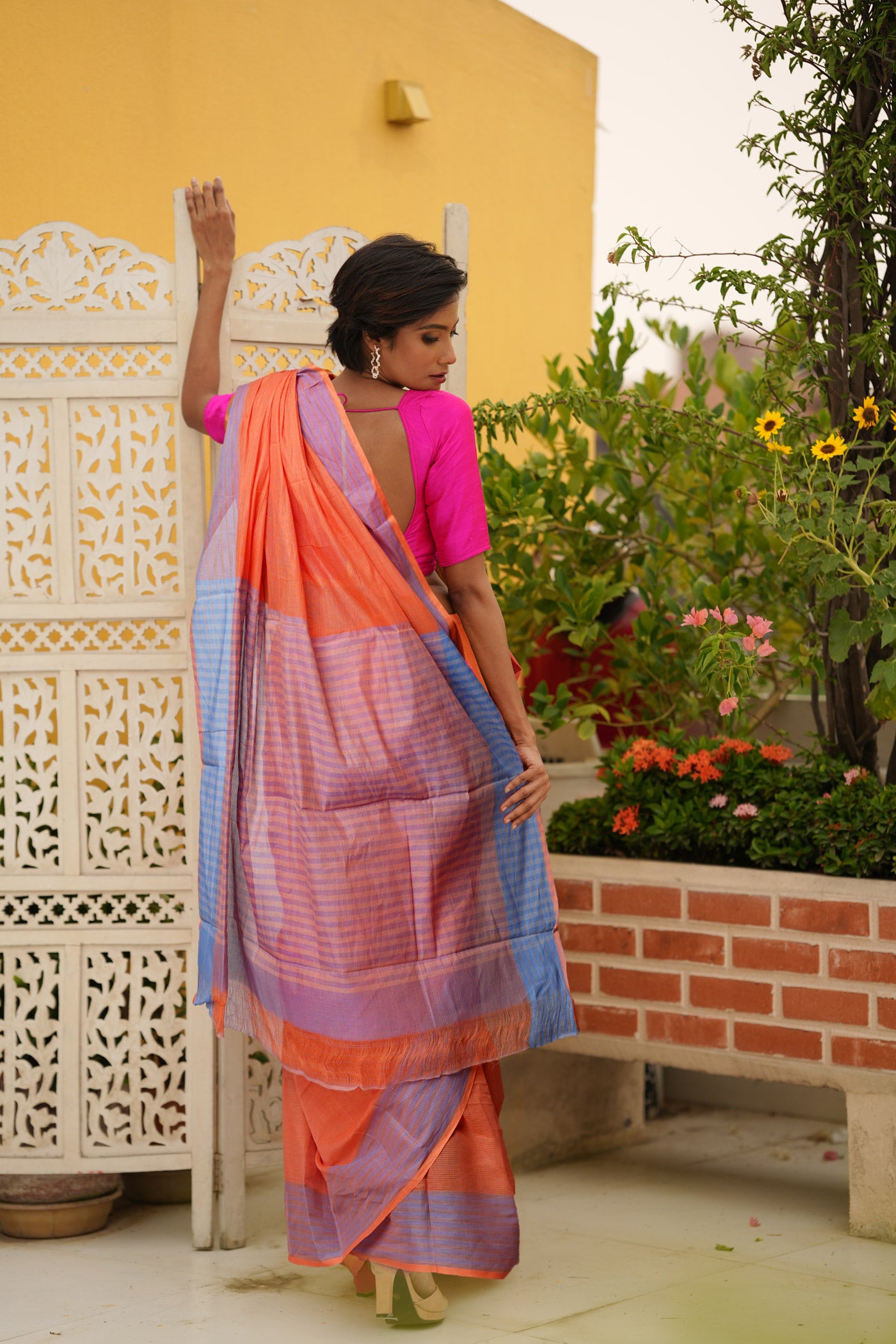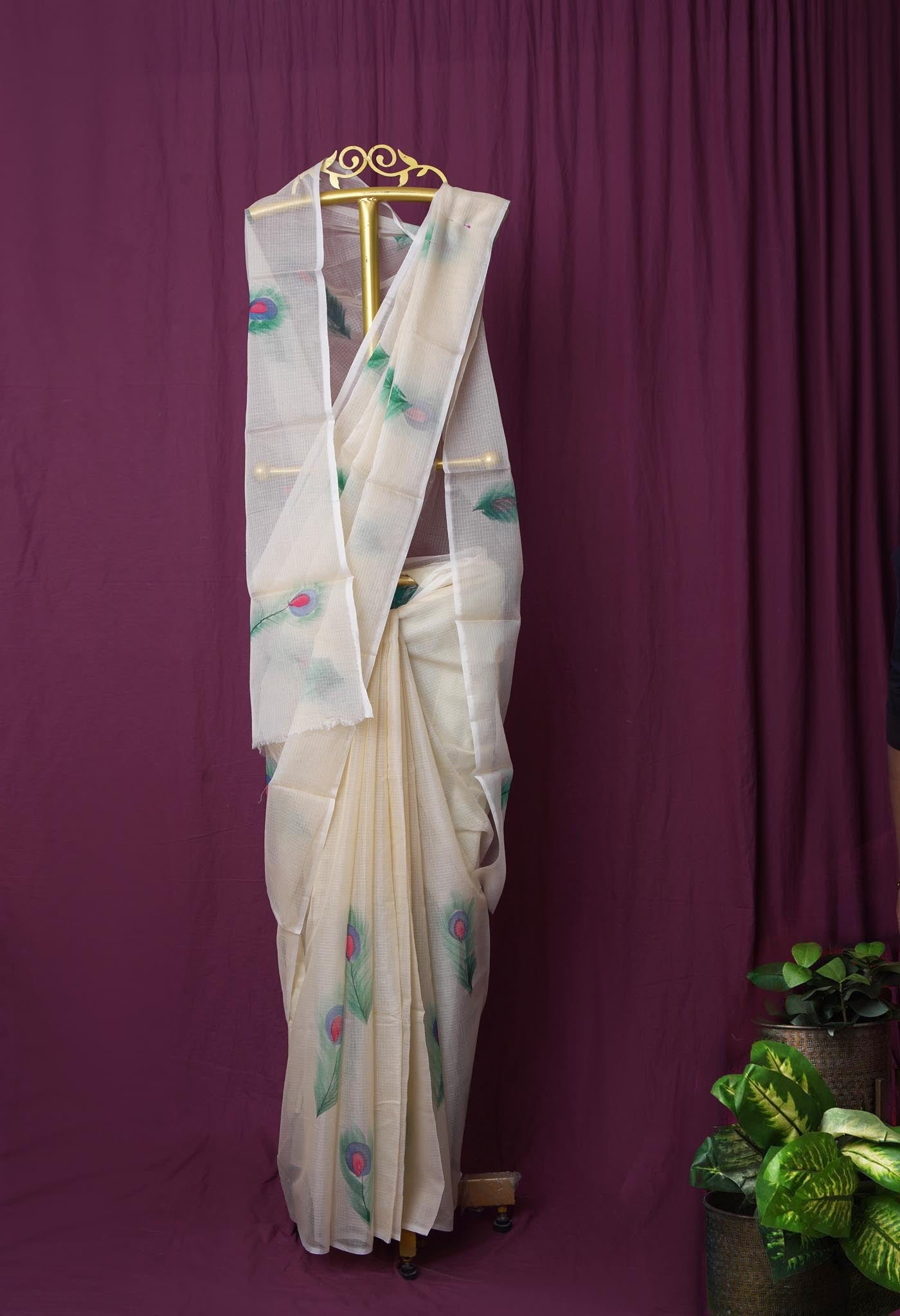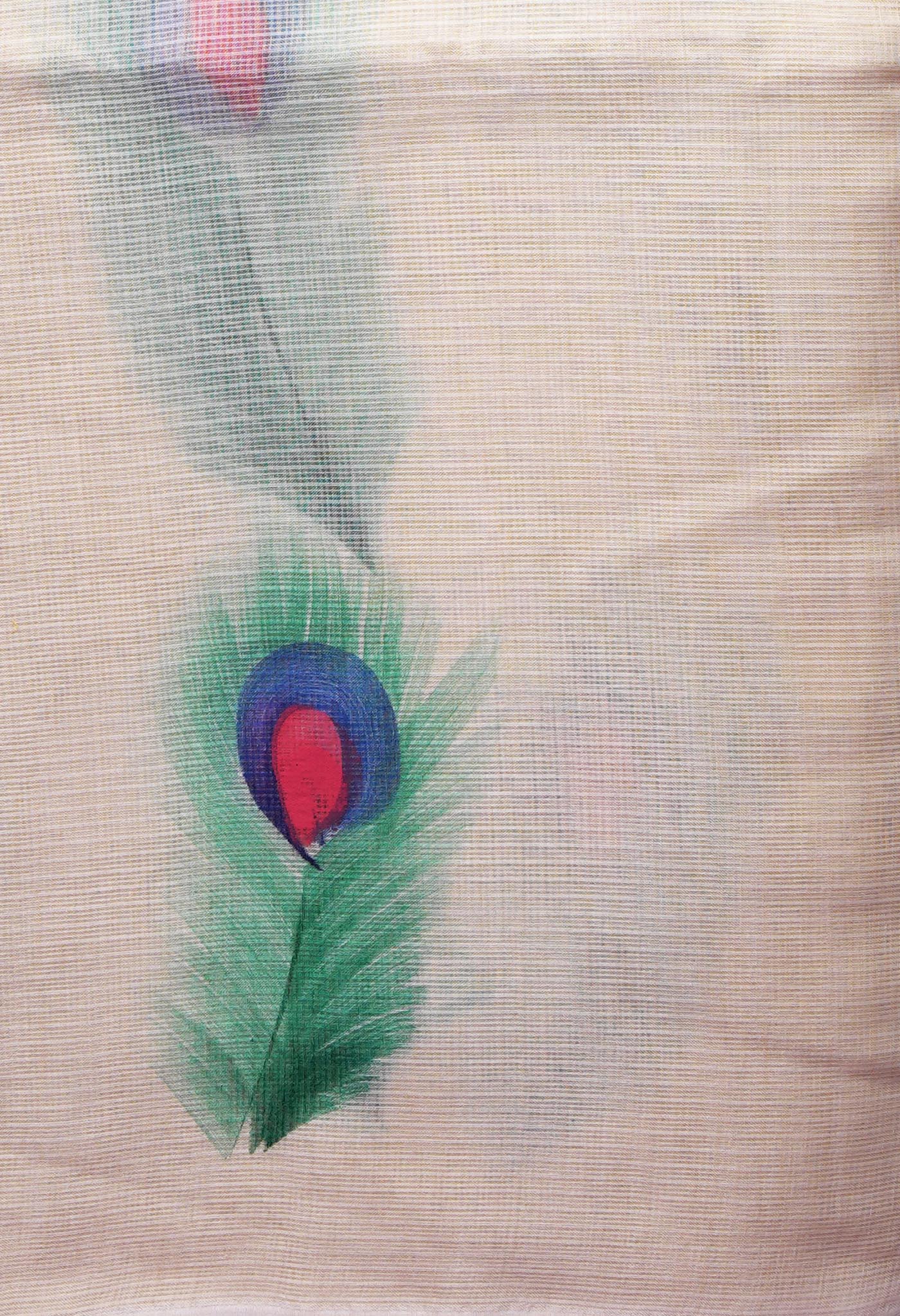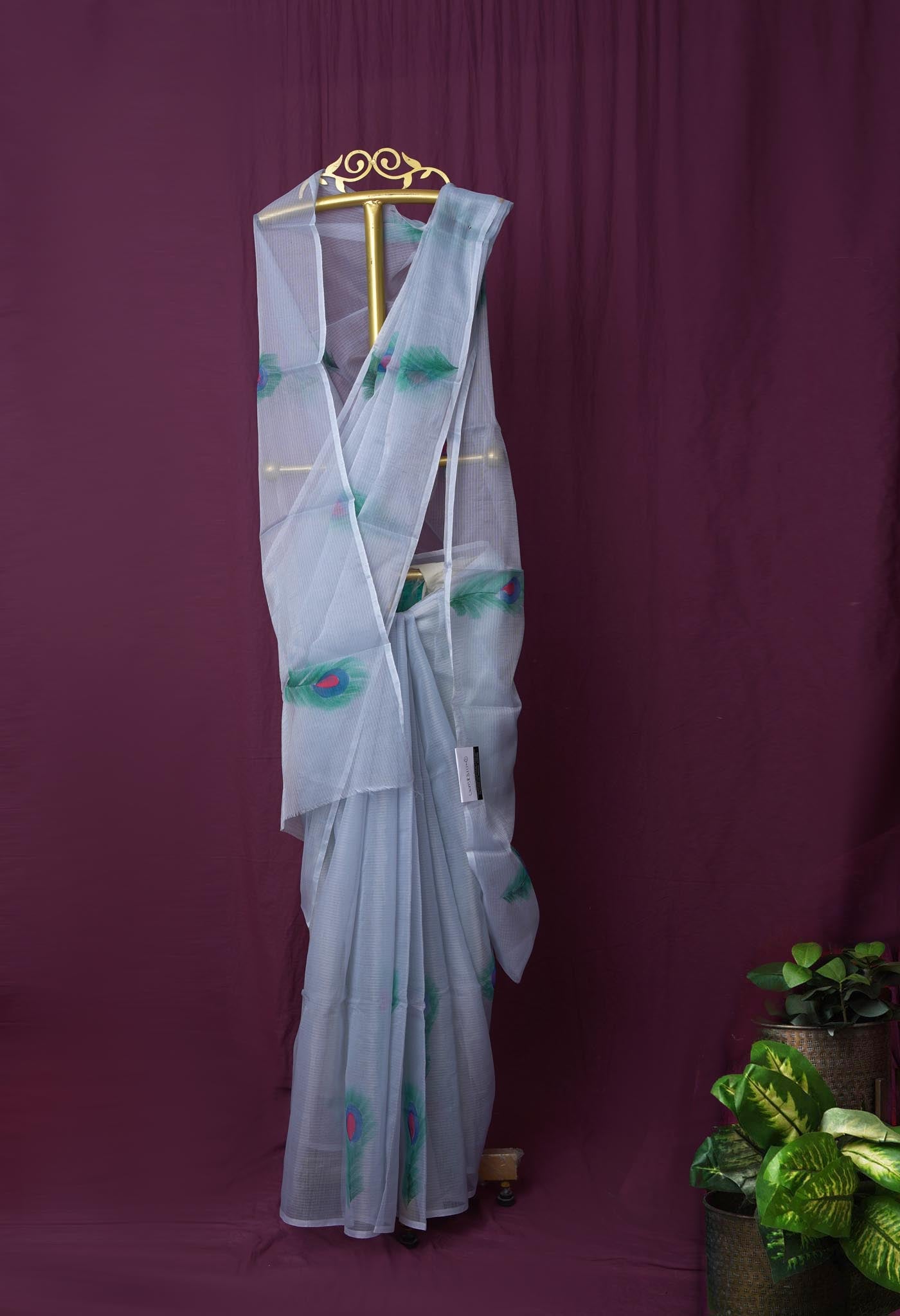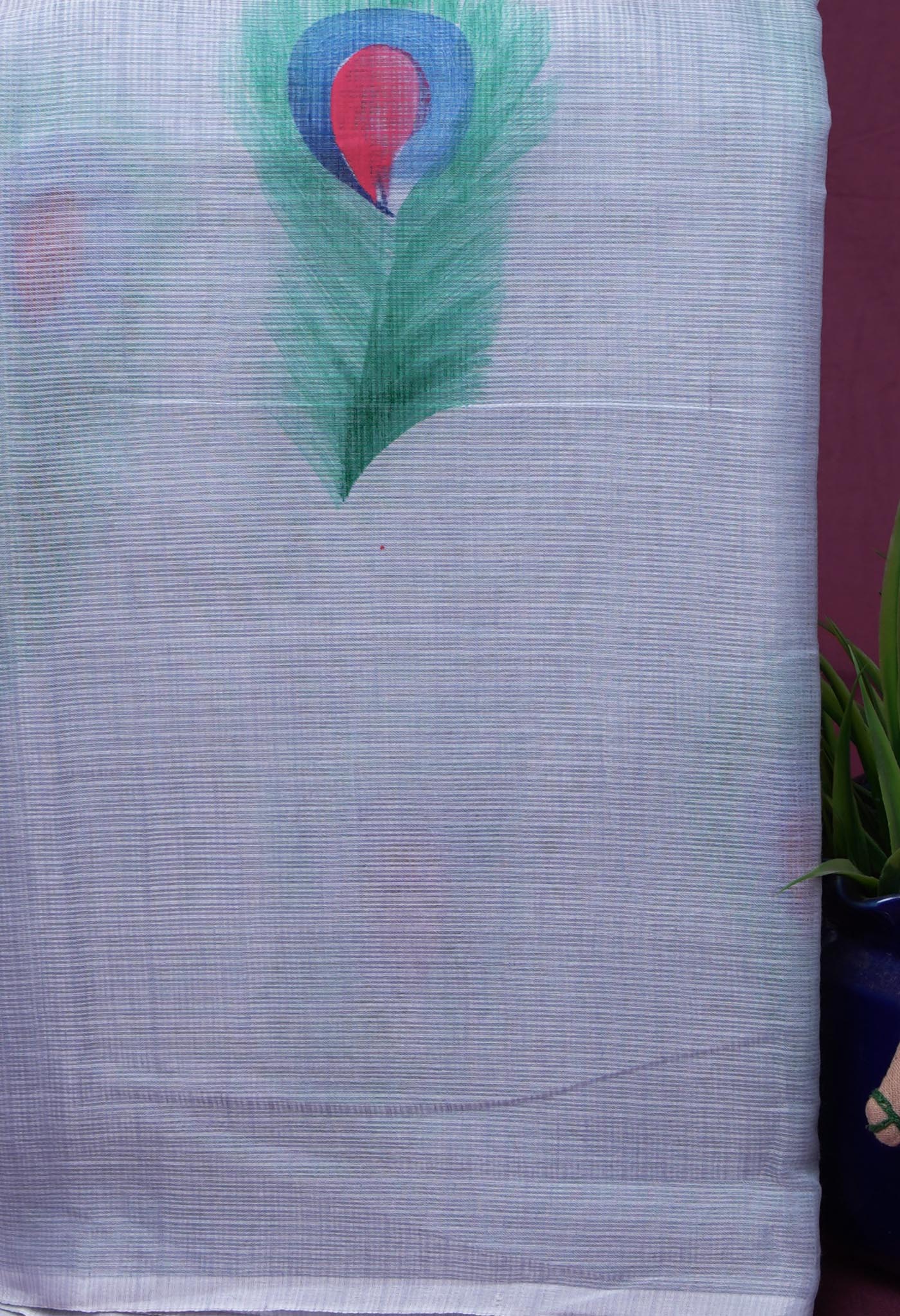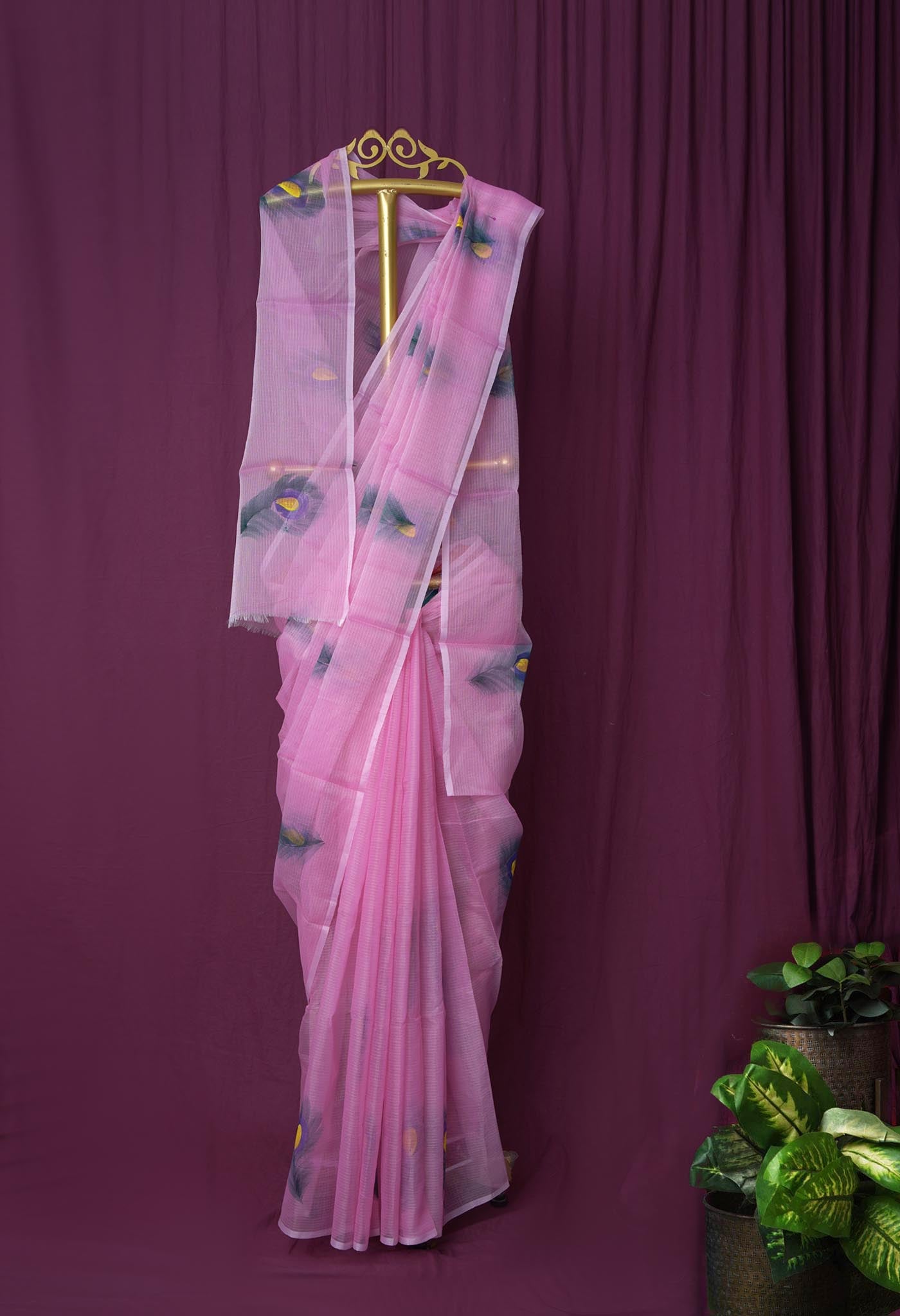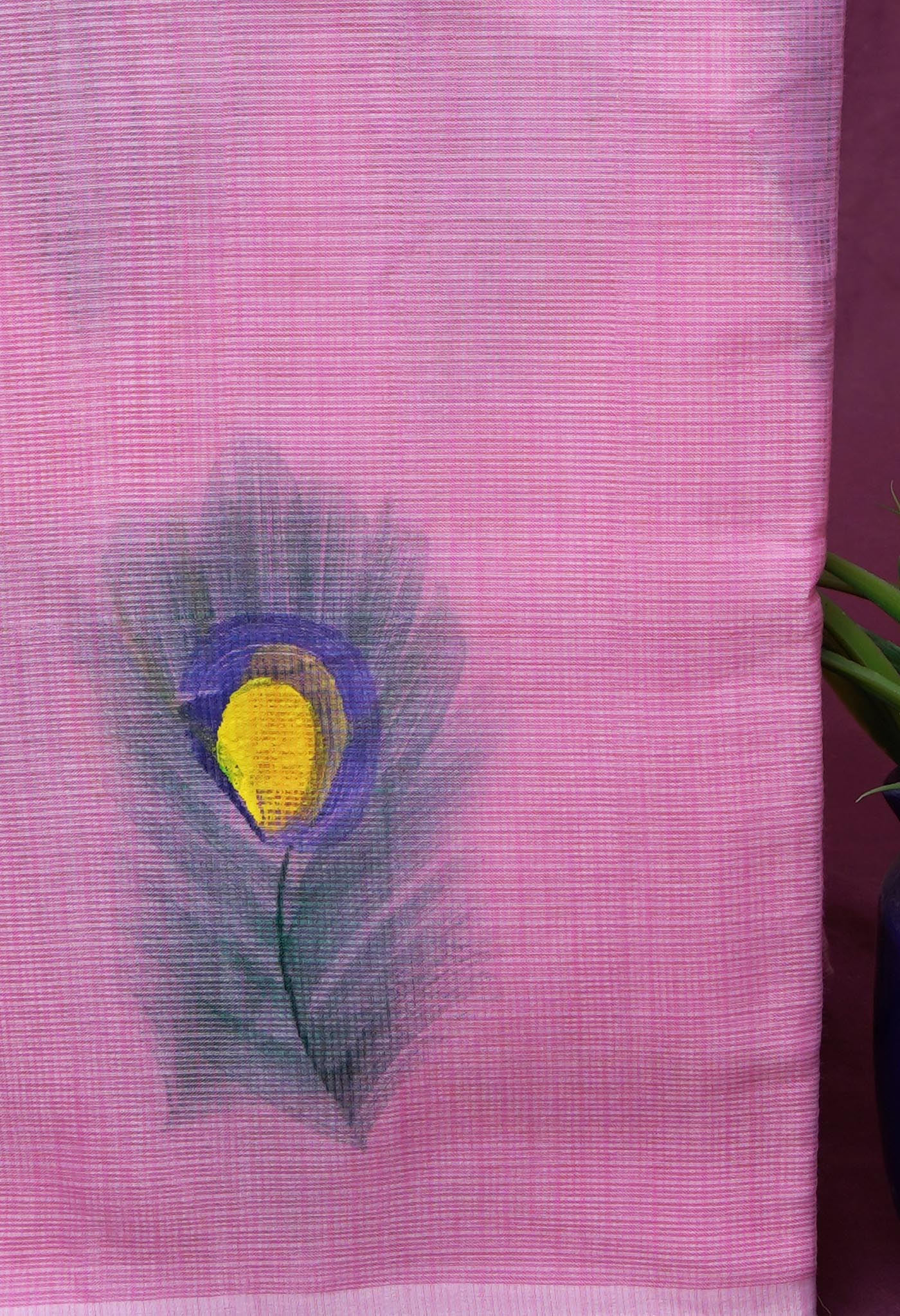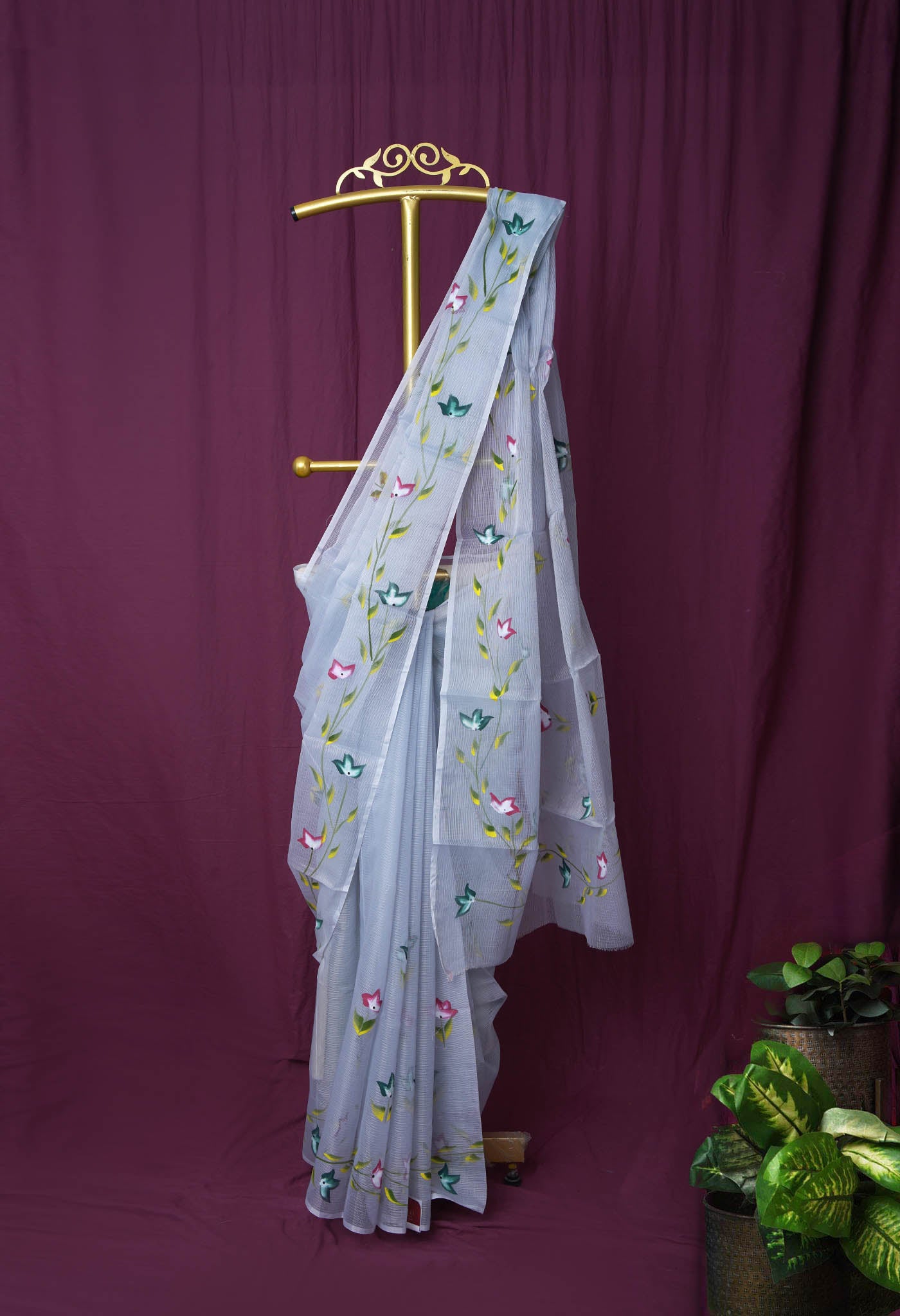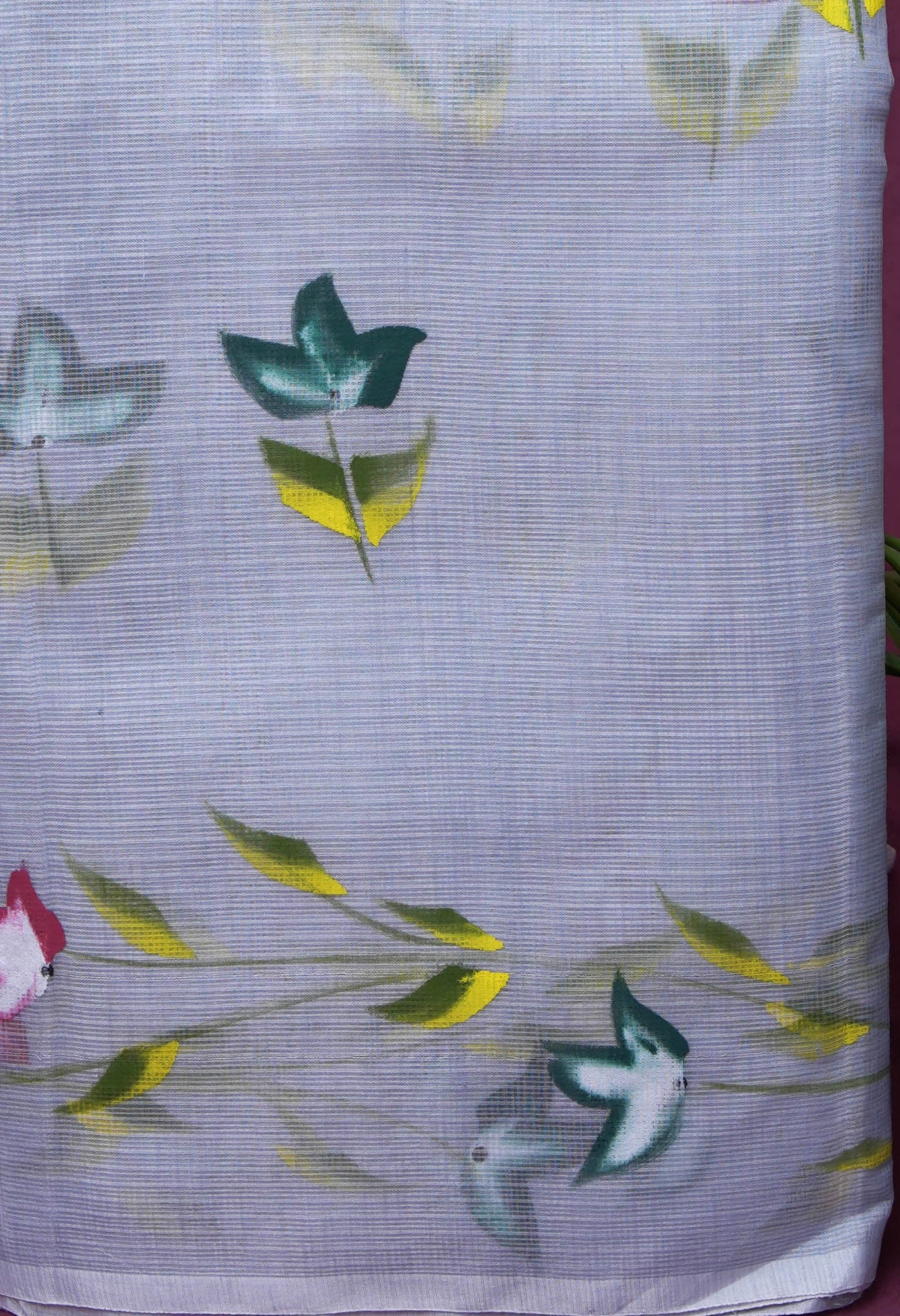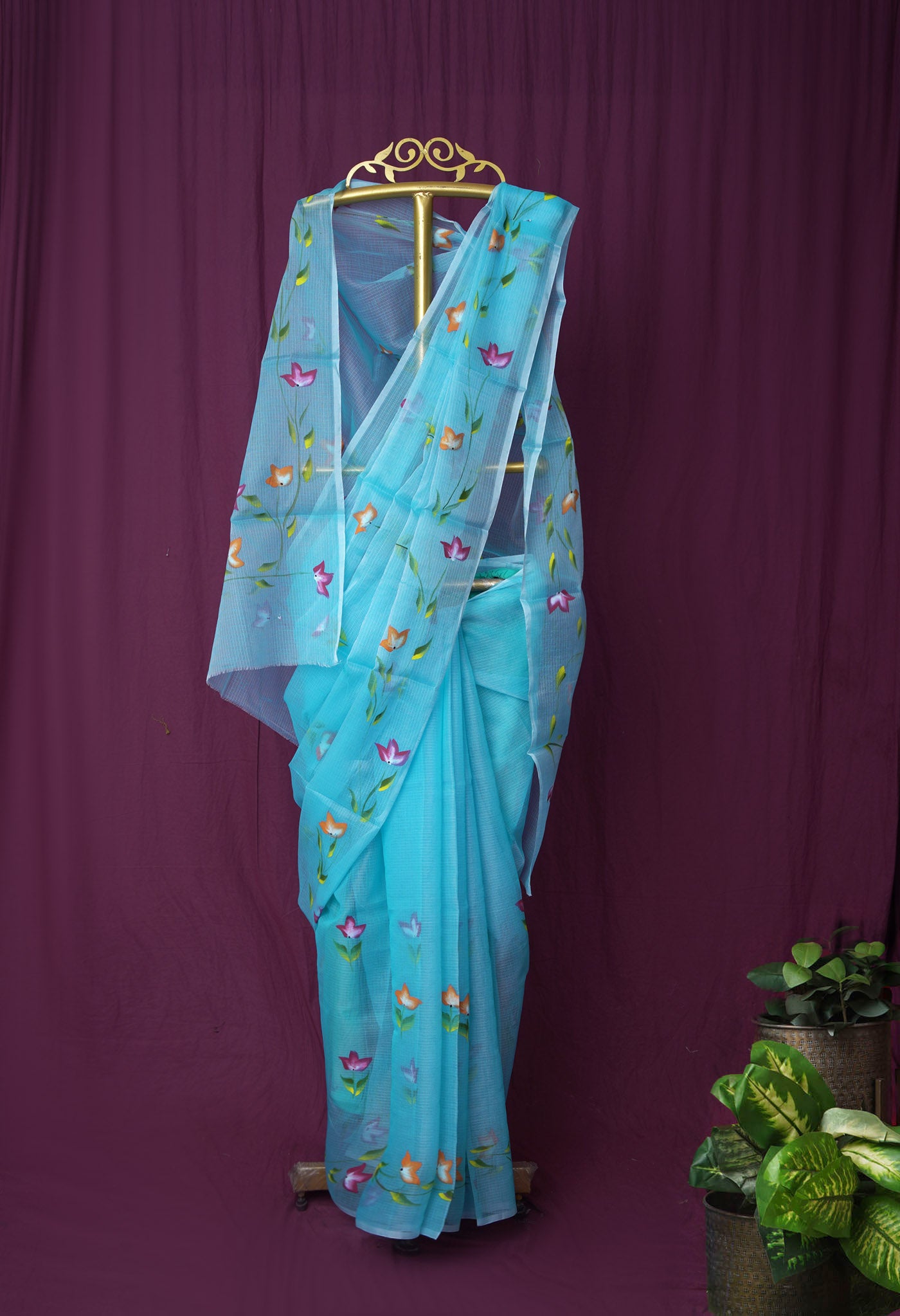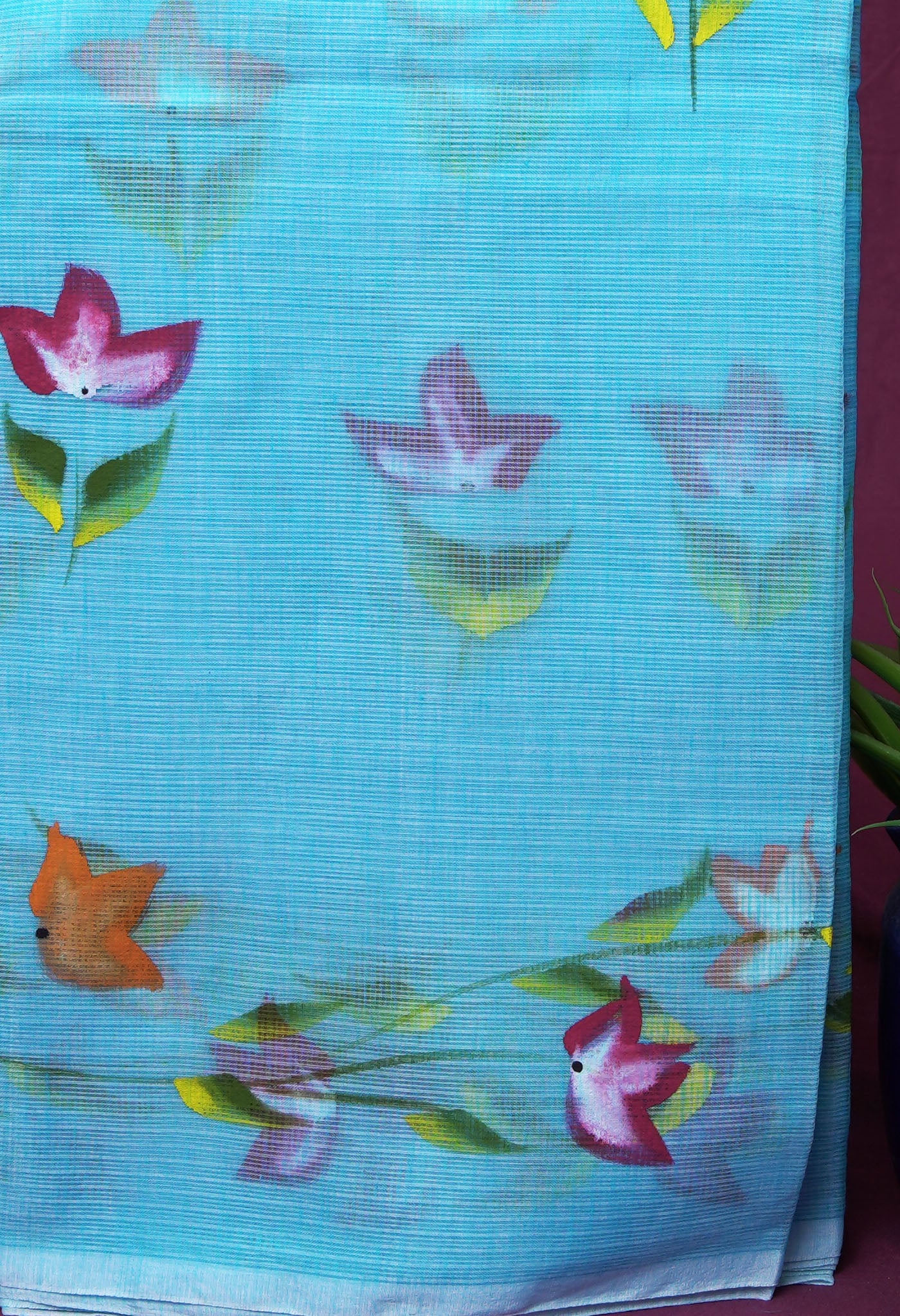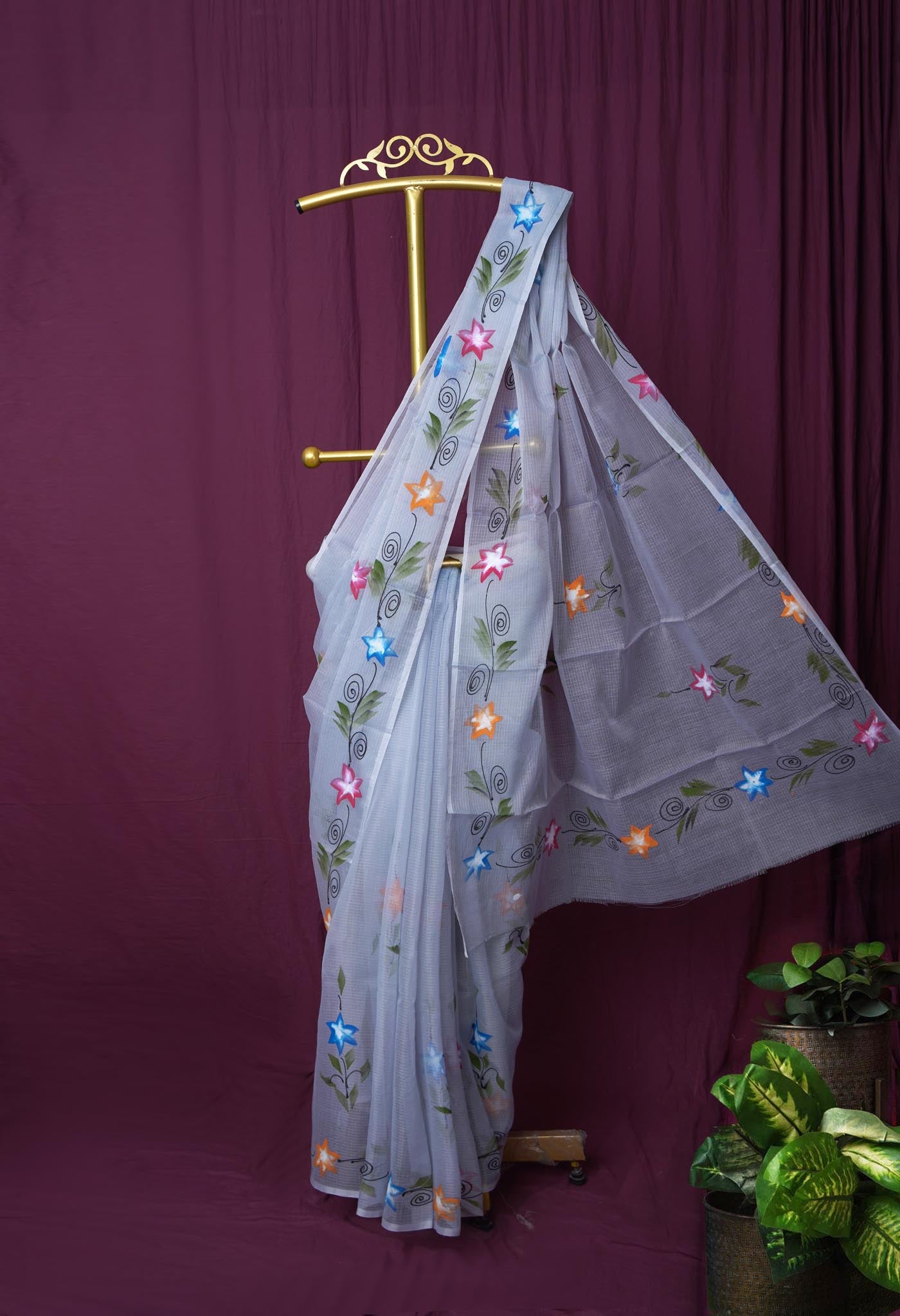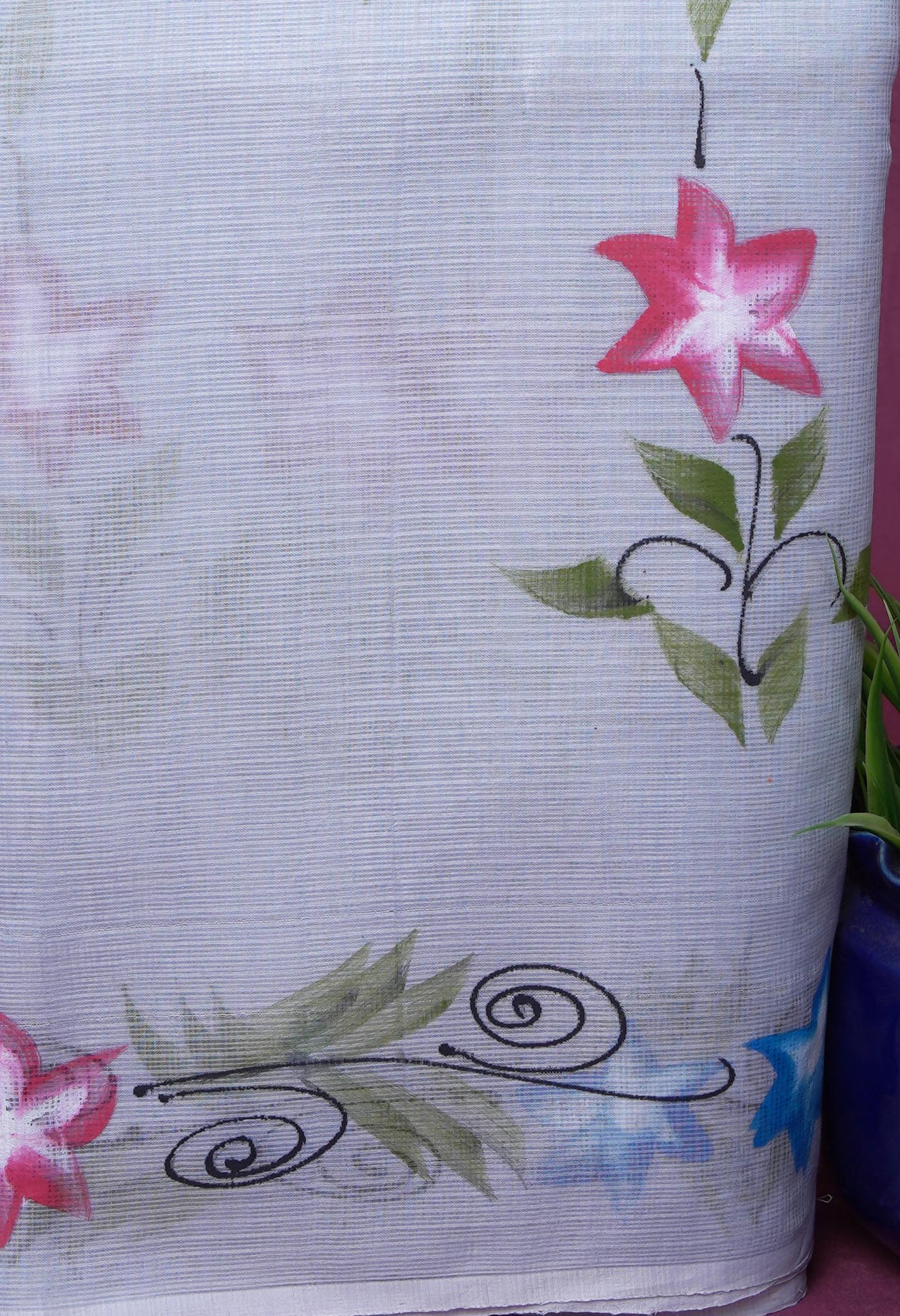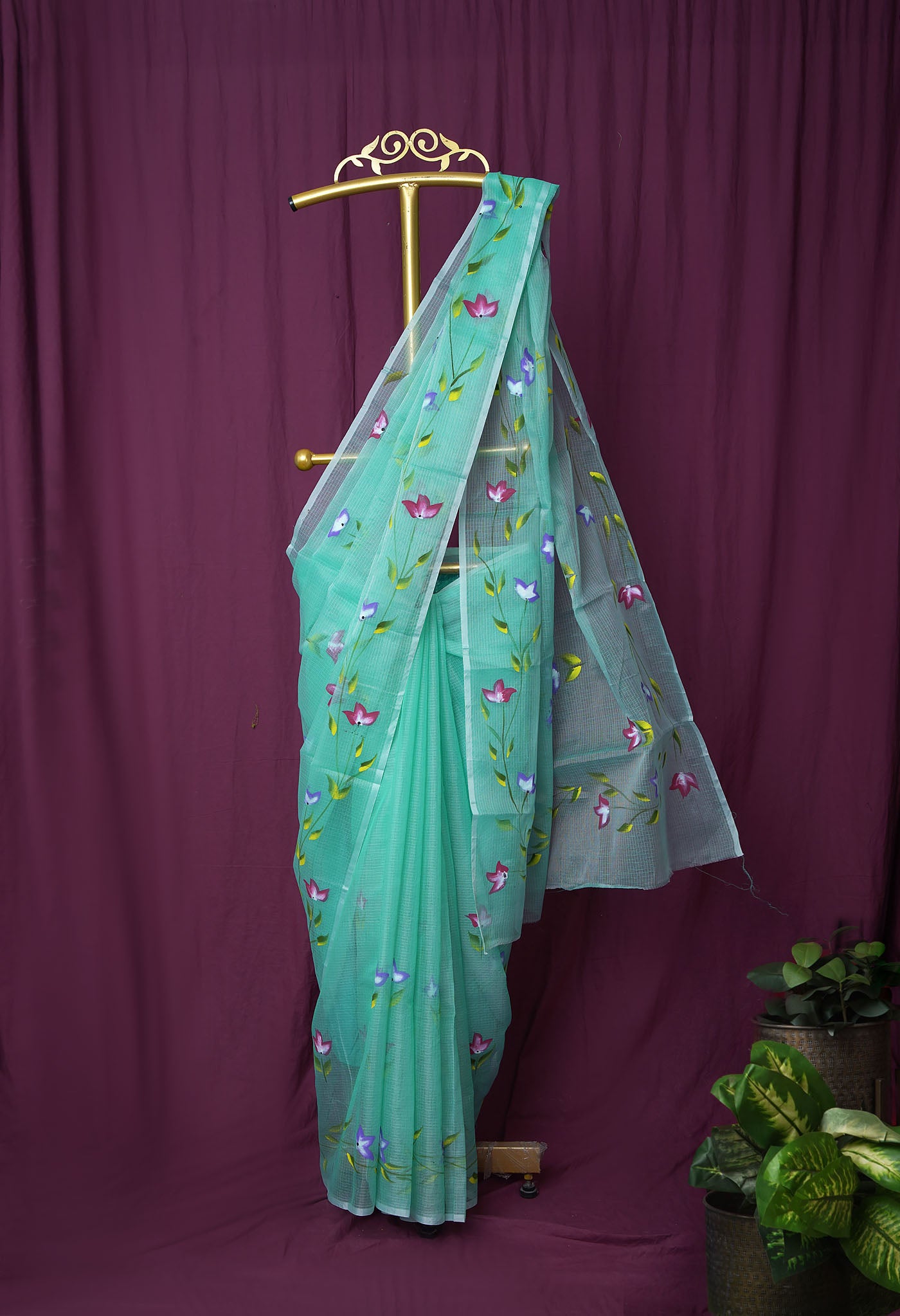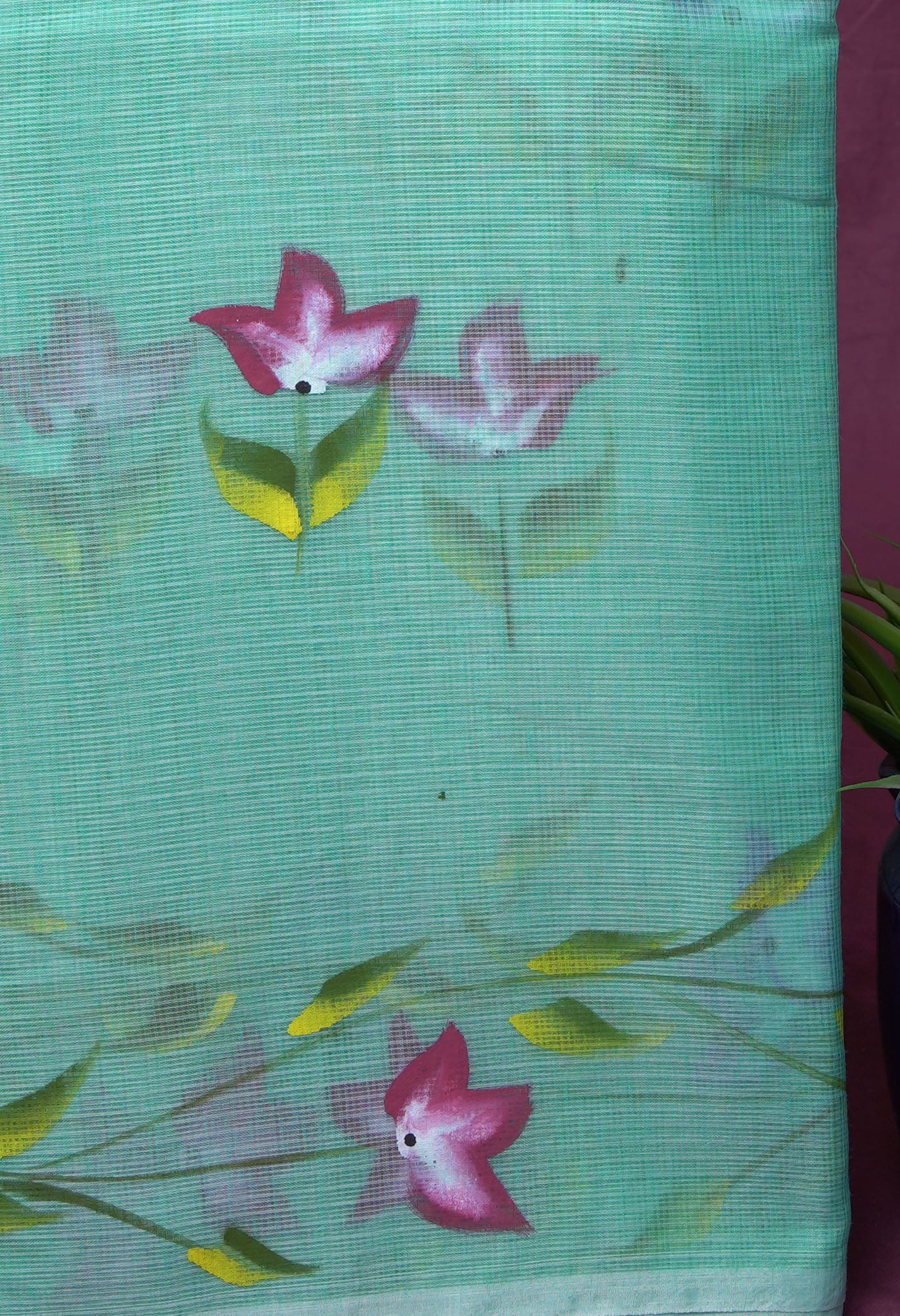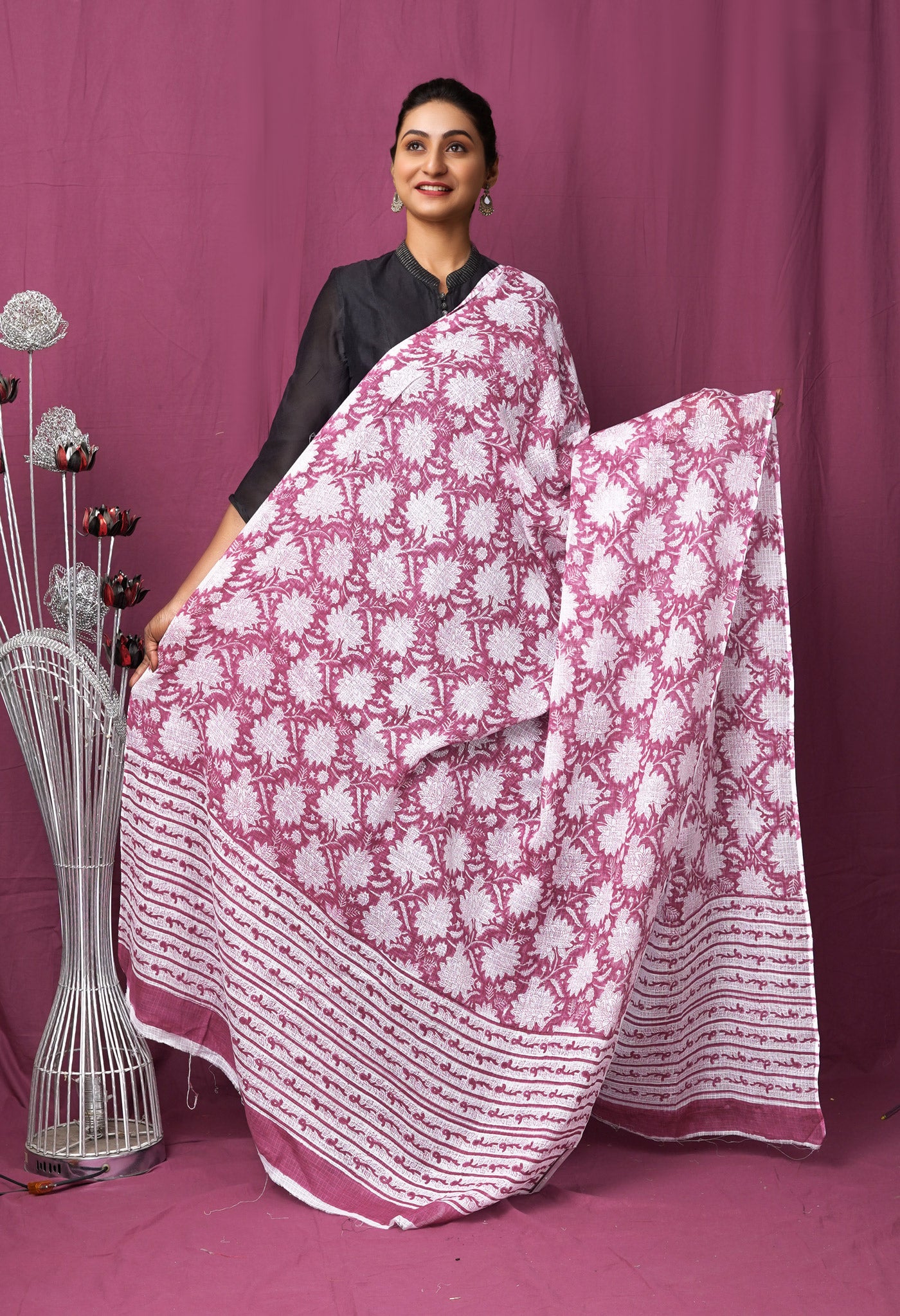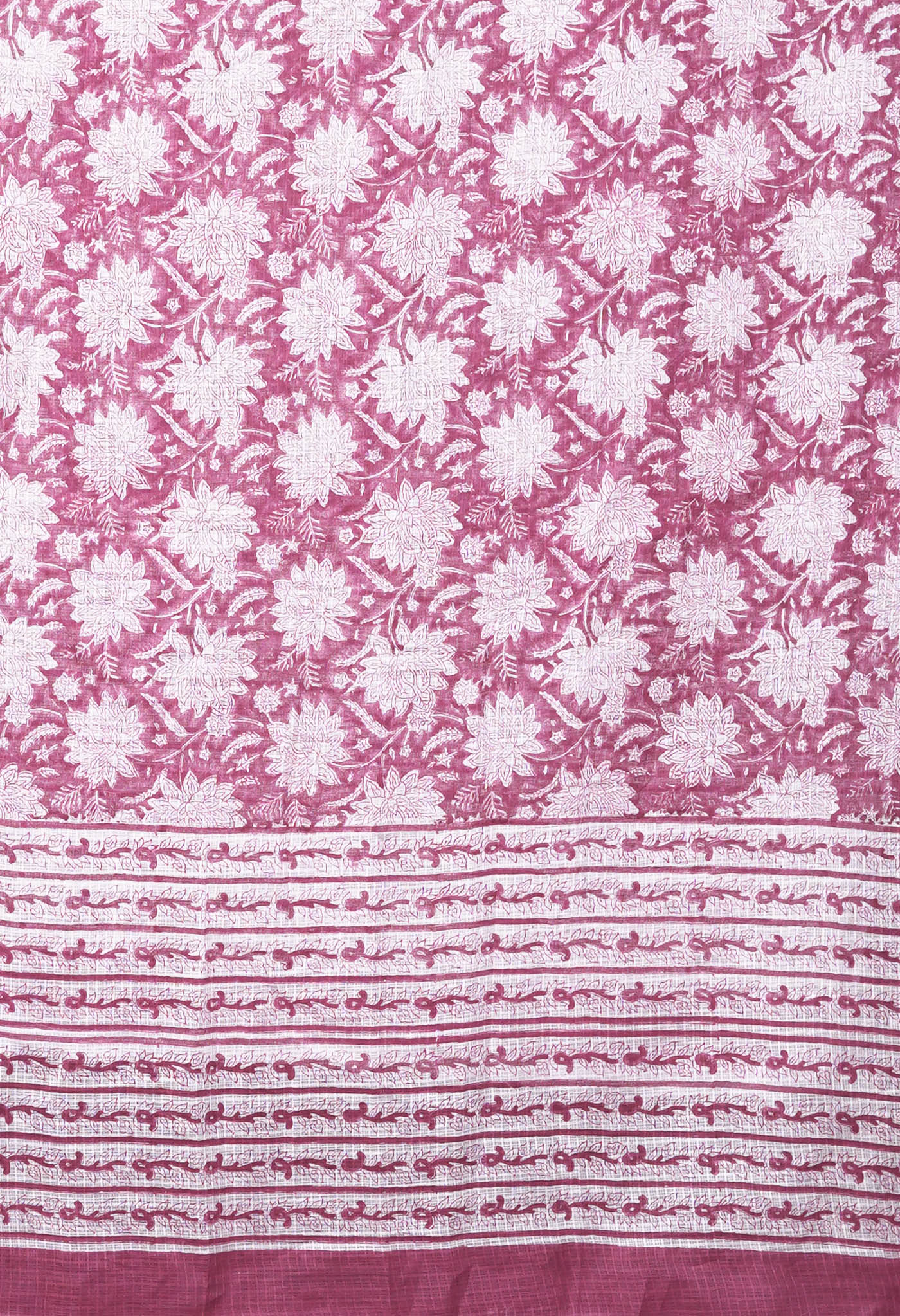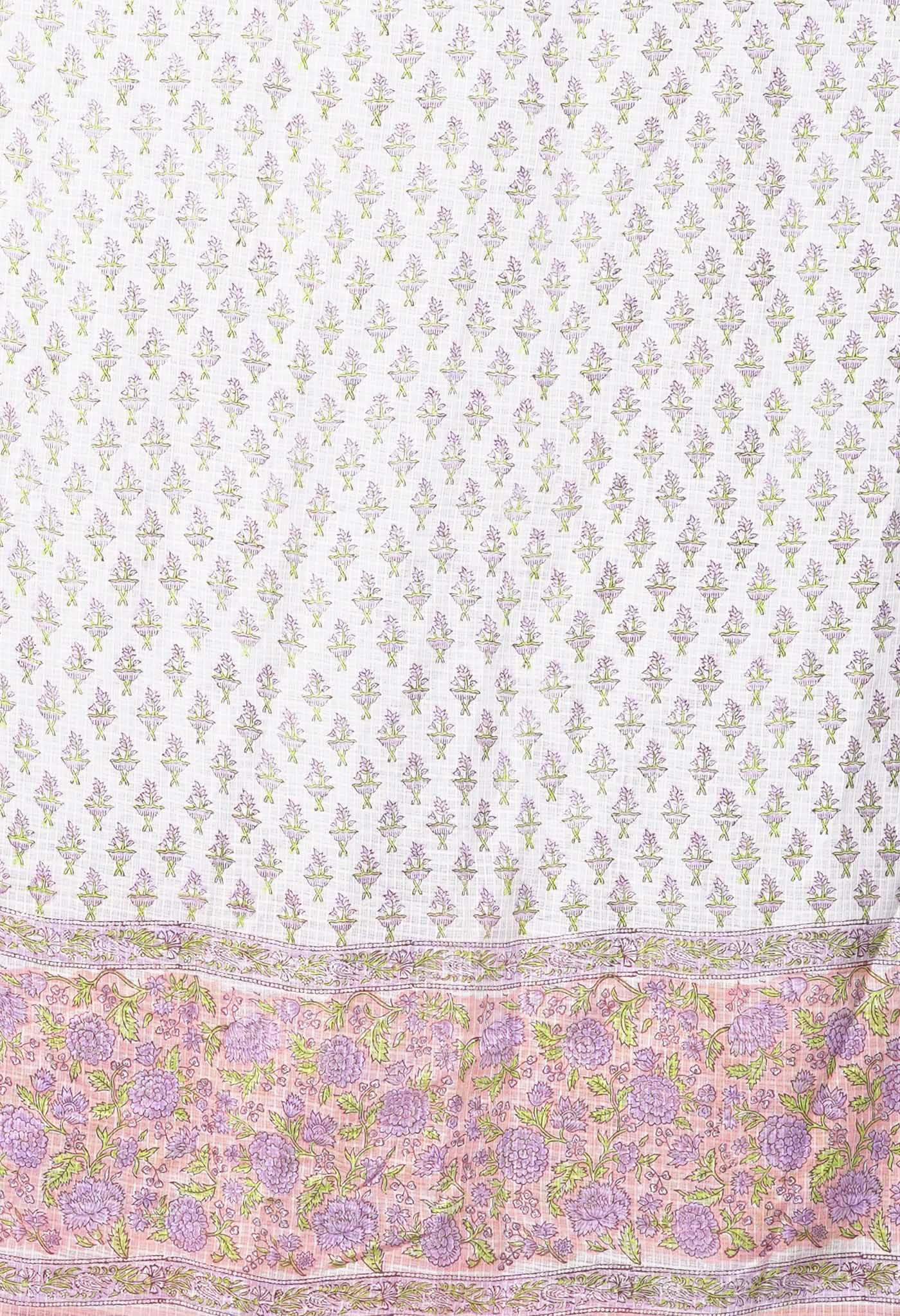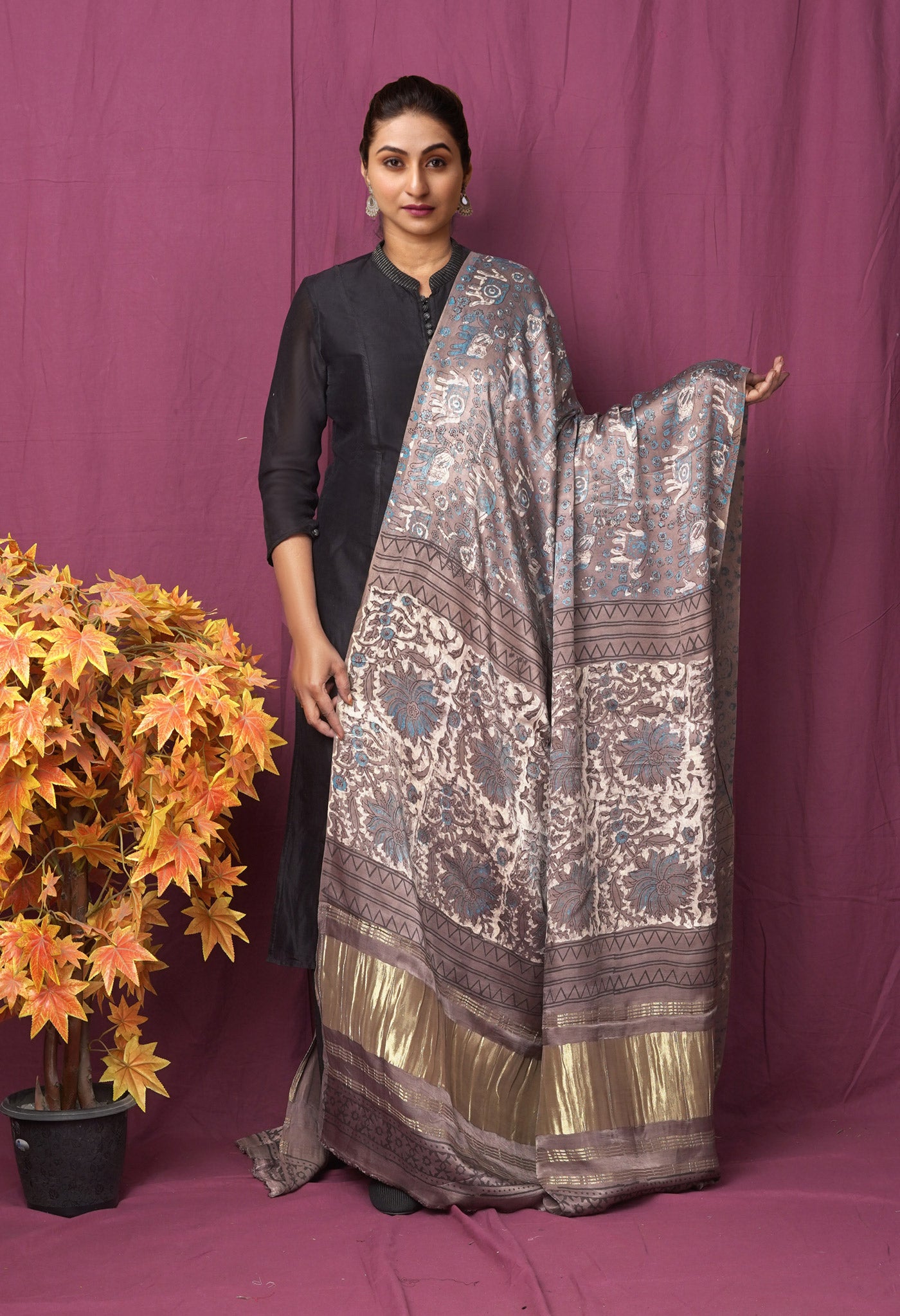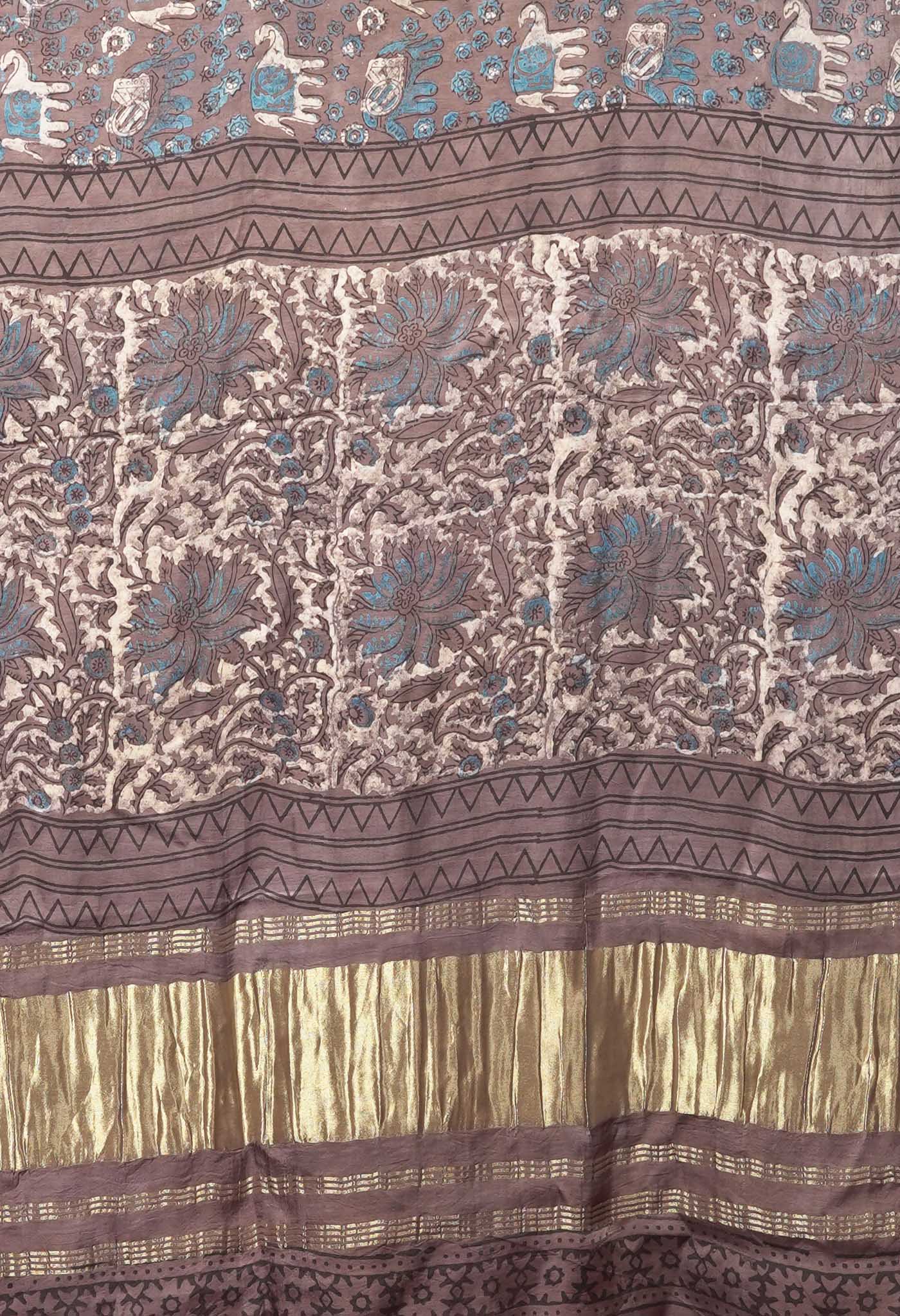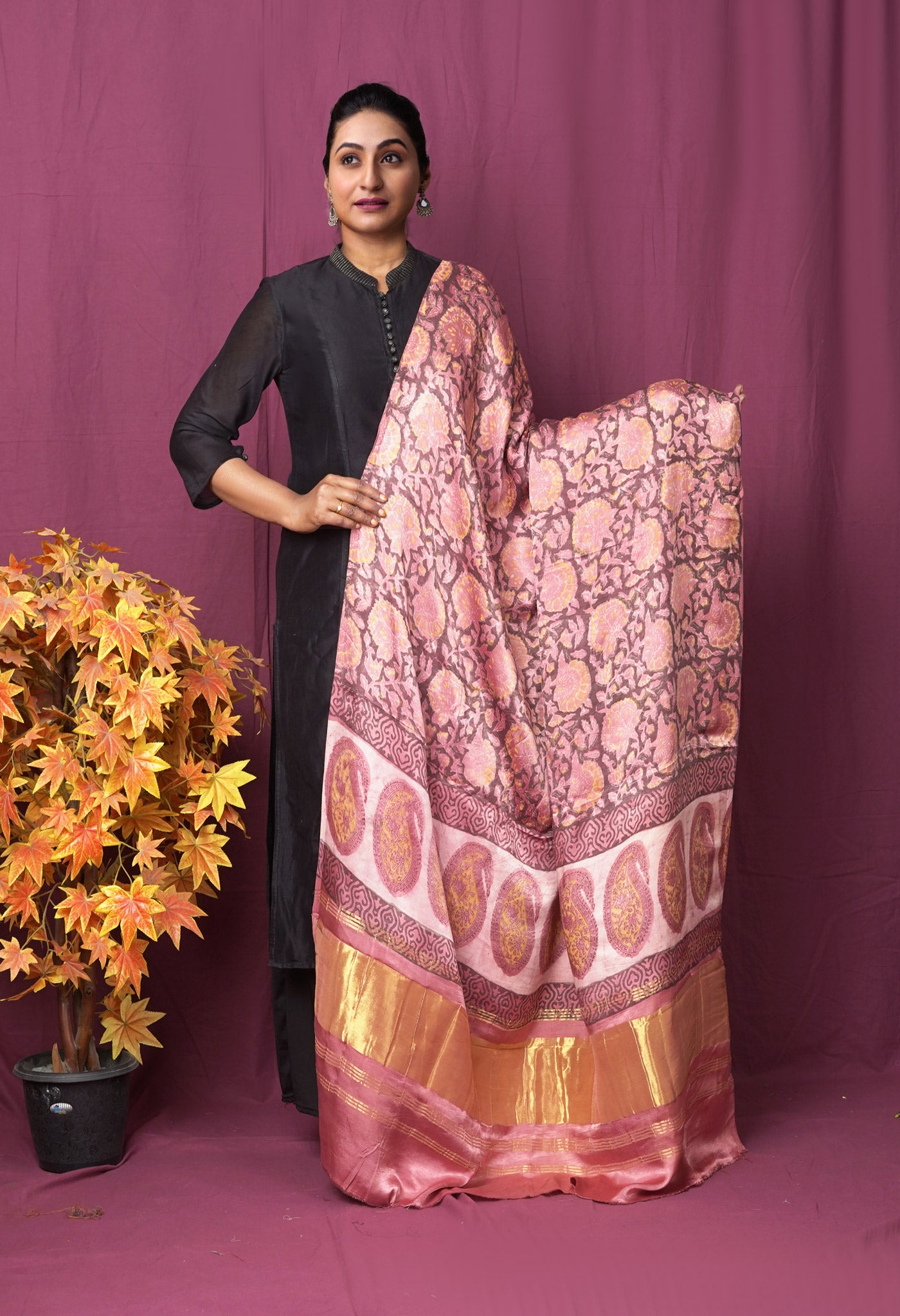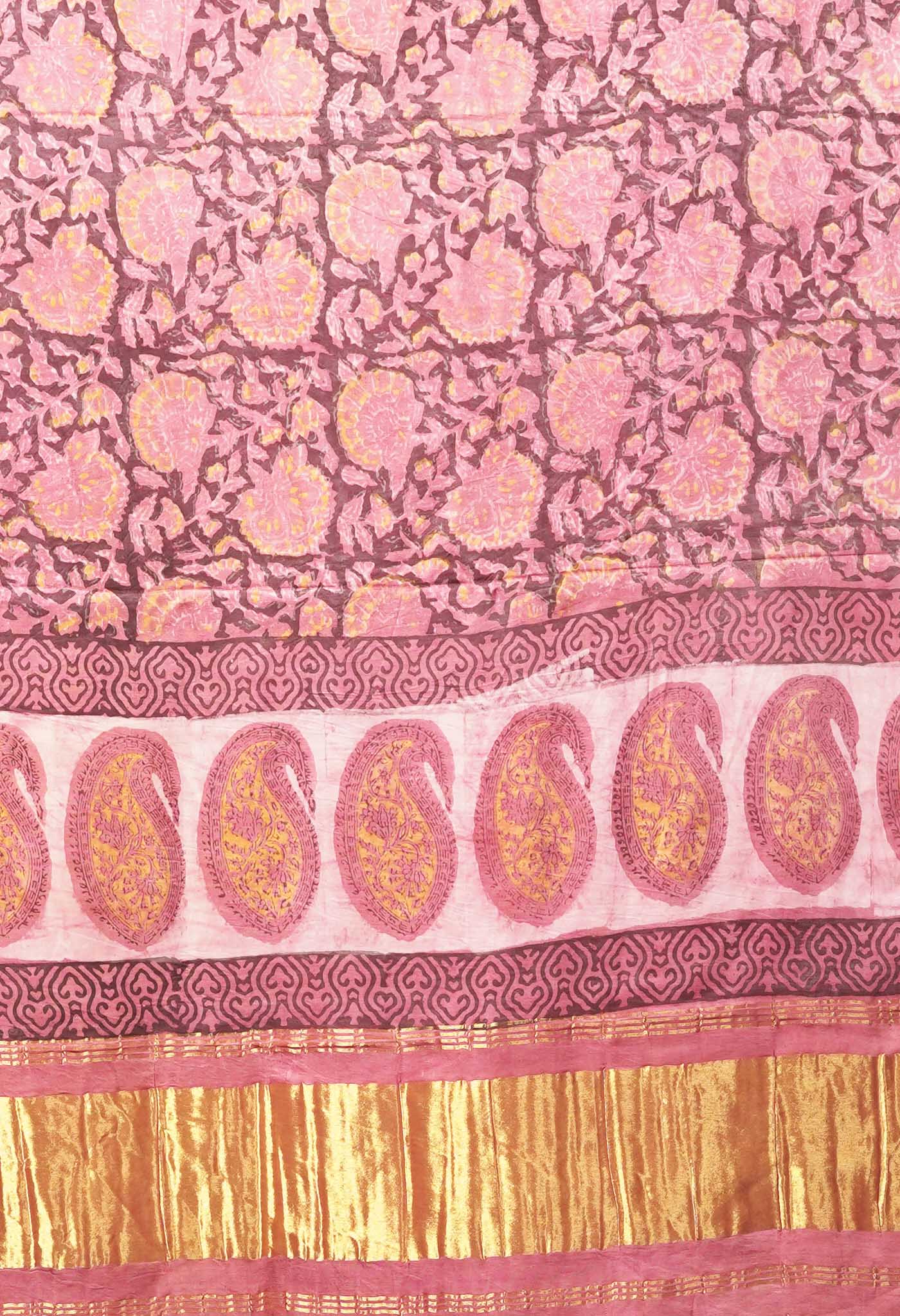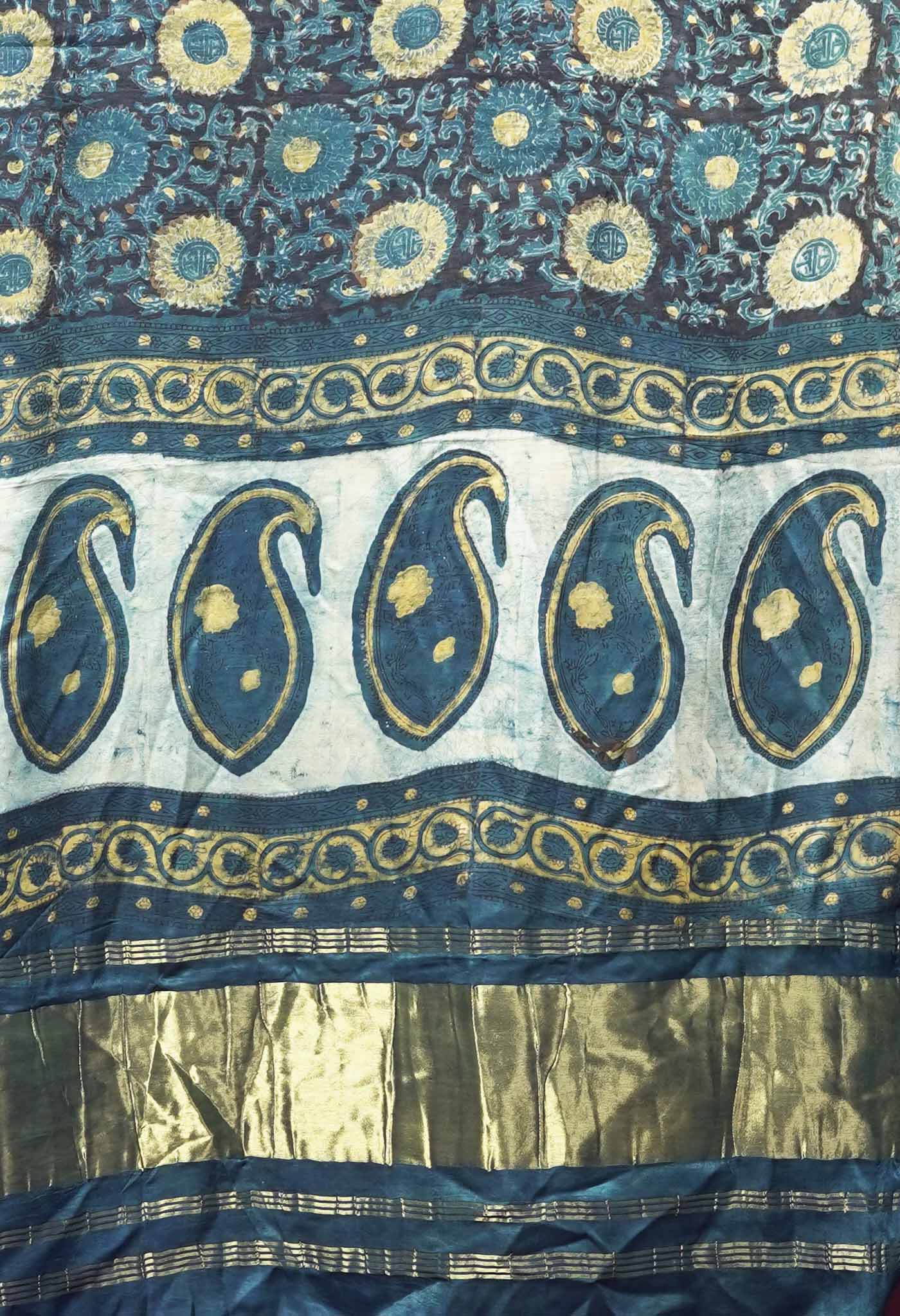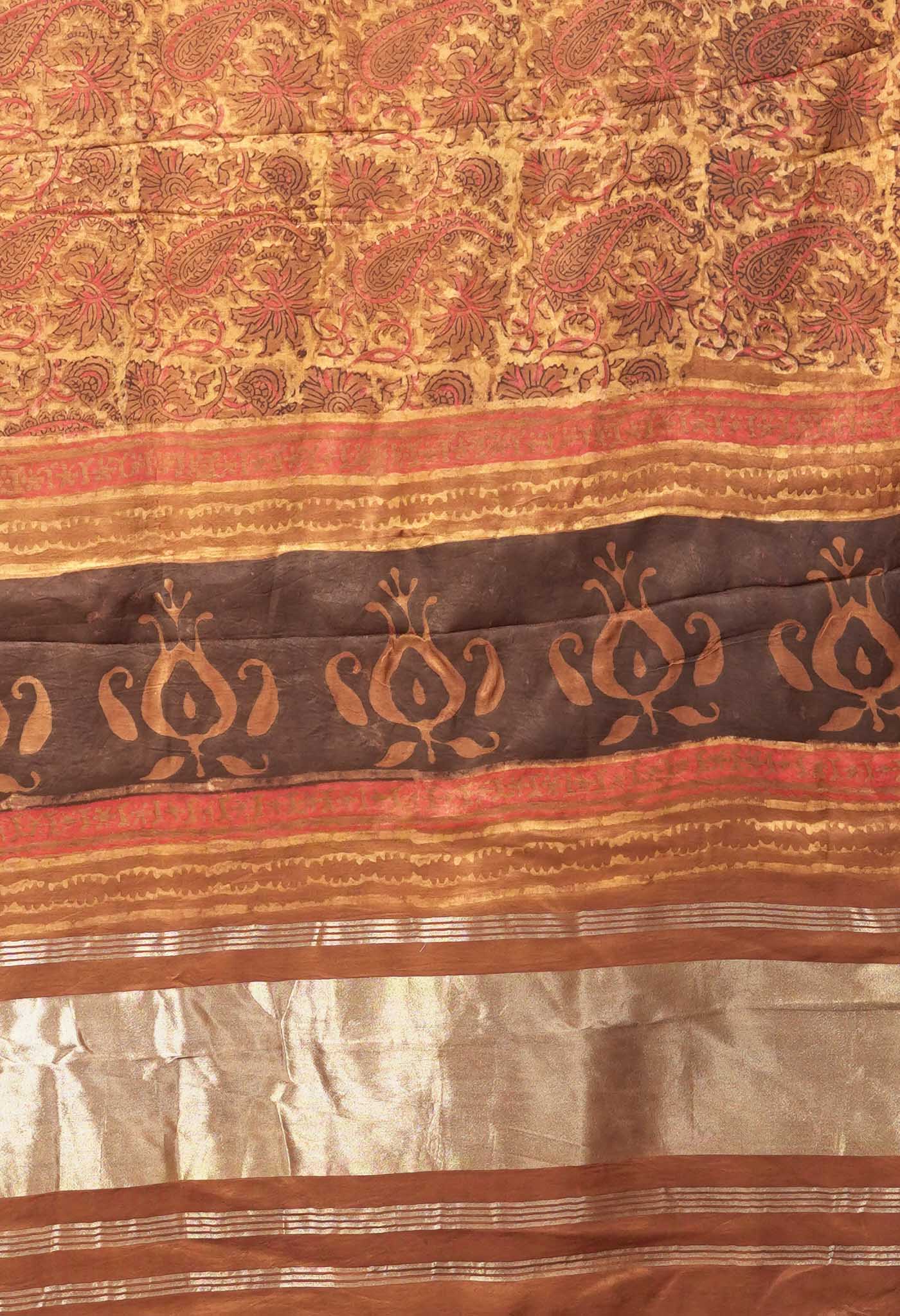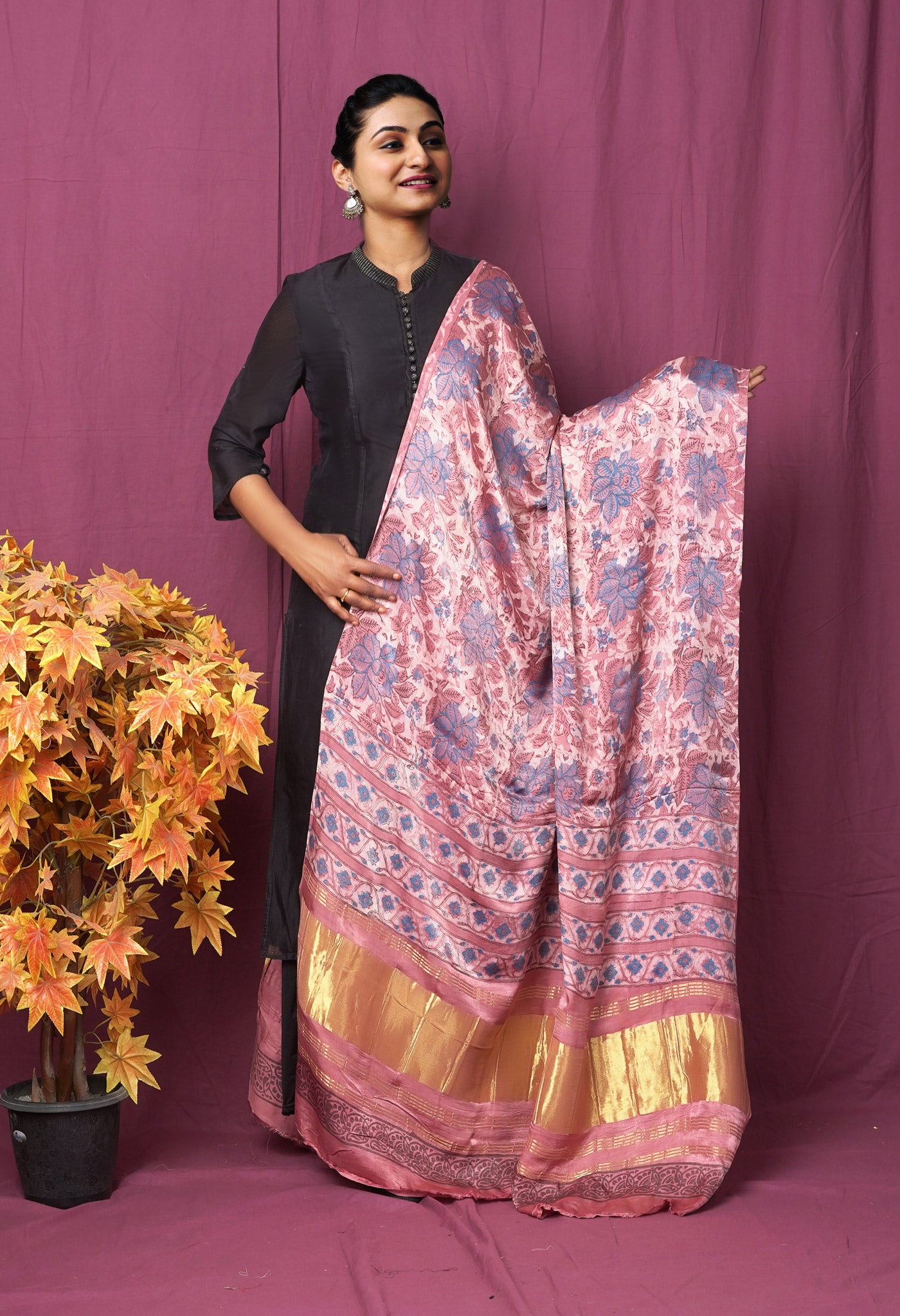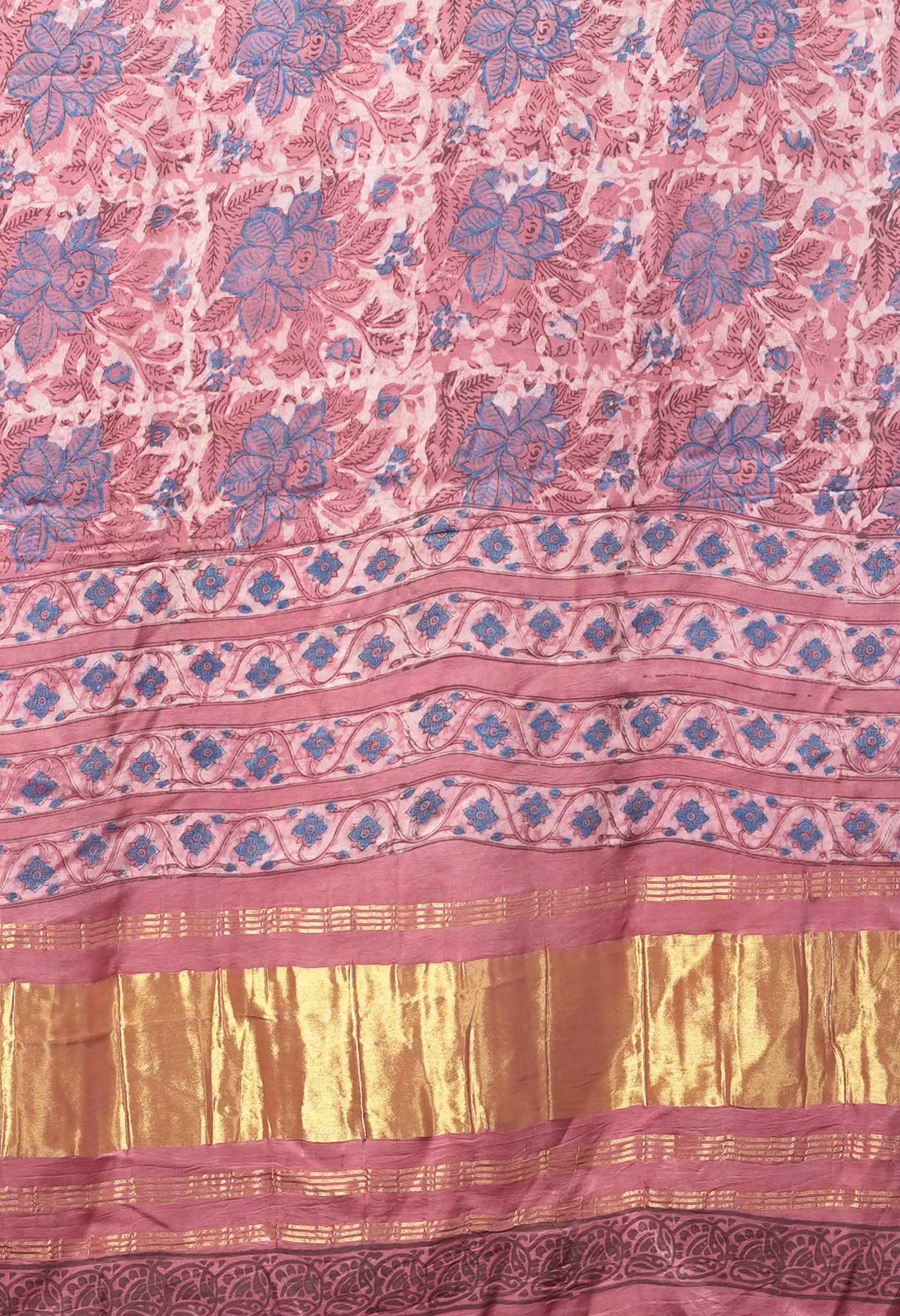Article: The situation of Textiles post COVID – 19 general lockdown

The situation of Textiles post COVID – 19 general lockdown
It was in February that COVID – 19 struck and put India and the rest of world in sheer panic. While many countries in the western world preferred to brave it out initially, India and many in the Eastern hemisphere preferred to go for a lockdown.
In other words a complete standstill of any sort of activity and that meant business too. All were in the grip of hysteria and though as a month or two went, and things began to slowly inch towards getting life back on track, the situation does not seem to be anywhere close to comfortably normal.

On one side with the fear still looming large in many lives that they could be the next to get infected and the vaccine near and yet so far for the general public, the economic crisis is an even bigger menace the world over. Loss of jobs, the industry in very bad shape and the vast majority of people not having sufficient money to spend, amidst the restrictions, cheer is simply missing in most lives.
So how is the Textile industry like any other industry doing?
If one were aware, even prior to this crisis, fashion retail markets across the world were already under severe stress due to deep discounting, damp consumer sentiments and cheaper products flooding the markets. The onset of the COVID-19 pandemic has further pushed the textile industry to the edge. What with production lockdowns, severe supply chain disruptions and market closures across both small and large economies it has been a setback that could take quite some time to recover.
A) The Findings
| Global apparel trade (2019)USD 488 Bn |
Covid-19 impact - Global supply chain |
||||
| Key manufacturing countries** | |||||
| China(USD 138 Bn) | Bangladesh(USD 40 Bn) | Vietnam(USD 33 Bn) | India(USD 17 Bn) | Turkey(USD 16 Bn) | |
| U.S.(USD 87.5 Bn) |
30% |
3% |
16% |
5% |
1% |
| Germany (USD 38.9 Bn) | 23% | 16% | 4% | 4% | 9% |
| Japan(USD 28.0 Bn) |
57% |
4% |
15% |
1% |
- |
| U.K.(USD 24.9 Bn) |
19% |
15% |
3% |
6% |
7% |
| France(USD 23.9 Bn) |
26% |
13% |
5% |
5% |
6% |
| Spain(USD 20.0 Bn) |
16% |
14% |
2% |
4% |
13% |
| Netherlands (USD 18.1 Bn) |
16% |
9% |
2% |
2% |
3% |
| Italy(USD 16.9 Bn) |
21% |
14% |
3% |
3% |
7% |
| Canada(USD 10.1 Bn) | 35% | 13% | 11% | 3% | 1% |
| Belgium (USD 9.2 Bn) |
17% |
9% |
4% |
2% |
4% |
An attempt has been made briefly over here, to try and analyze the present situation and realize where we actually stand.
B) The Stimulus
| COVID-19 impact assessment - Market side (Scale of 1-5 with 1 reflecting low impact (good) and 5 reflecting high impact (bad)) | |||||
| 30% | 30% | 20% | 20% | Final score | |
| Global apparel trade (2019)USD 488 Bn | Corona virus penetration^ | Lockdown Impact*** | Avg. GDP growth (2015-19) | Government stimulus to GDP(2019 PPP) | |
| U.S.(USD 87.5 Bn) | 5 55 | 55 | 22 | 33 | 4 |
| Germany (USD 38.9 Bn) | 3 3 | 23 | 32 | 33 | 2.7 |
| Japan(USD 28.0 Bn) | 1 11 | 44 | 444 | 22 | 2.7 |
| U.K.(USD 24.9 Bn) | 4 4 | 1 11 | 3 3 | 2 | 2.5 |
| France(USD 23.9 Bn) | 4 | 2 2 | 3 3 | 1 11 | 2.6 |
| Spain(USD 20.0 Bn) | 5 | 2 2 | 2 2 | 4 4 | 3.3 |
| Netherlands(USD 18.1 Bn) | 3 | 4 4 | 2 2 | 5 5 | 3.5 |
| Italy(USD 16.9 Bn) | 44 | 33 | 44 | 1 11 | 3.1 |
| Canada(USD 10.1 Bn) | 33 | 2 22 | 33 | 444 | 2.9 |
| Belgium(USD 9.2 Bn) | 5 | 2 222 | 333 | 333 | 3.3 |
C) The likely outcome for these economies
- Approximately 1/5 of Global Apparel Trade of the US or 20 % of what existed would be significantly impacted, and it being a major economy global supply chain disruptions would occur.
- Germany the largest in the European Market, despite the deep COVID – 19 impact, is expected to revive in the next 9-12 months
- The impact on the Japanese market would not be so much and its market could be expected to recover its usual position before the end of a year.
- Brexit, coupled with COVID-19 would have a deep impact on UK’s situation and also affect the key sourcing destinations in turn. However a good economic stimulus could help in reducing the impact to an extent.
- The French market would not be expected to have too much of an impact. Revival could be expected in 9-12 Months, owing to good economic stimulus from the Government.
- Spain being under a heavy strain due to the impact of COVID 19, could take beyond a year to recover.
- Holland with its restrained lockdown measures, the impact could be felt and a revival in delay if the pandemic persists in that country.
- The worst hit in Europe, Italy like Spain could recover much beyond a year despite a strong economic stimulus from its Government
- Canada has not been affected too badly by COVID – 19 and 9-12 months for revival is estimated.
- Belgium on the other hand with both a high penetration of COVID-19 and a limited financial stimulus from its government could have a delayed revival.
How does India stand in the current crisis?
Textiles and apparel sector –Global markets and sourcing destinations
- The textiles and apparel sector of India has contributed largely to industrialization across developing economies in South and Southeast Asia. Now it is playing a similar role in African economies that are hoping to adopt textiles as a growth driver also.
- China and India having always been major raw material suppliers to most key textiles and apparel manufacturing hubs across the world would be in a way, indirectly influencing the overall industrial growth of these economies.
- The developed world has always been the largest retail market for end products such as apparel, home textiles and technical textiles. Therefore it has a very high import dependence on the key global sourcing hubs based in Southeast Asia.
- Along with what has been mentioned above, the fact that man-made textiles being highly labor-intensive — it is estimated that textiles jobs for every USD 1 million of investment being 80-90 and the estimated apparel jobs for every USD 1 million of investment being 500-520—it is this sector that is among the largest employers for unskilled and semi-skilled labour at key manufacturing hubs. In the country.
- India has always enjoyed a robust end-to-end textile and apparel value chain covering fibre to retail since a very long time. This sector accounts for around 2 per cent of India’s GDP and around 13 per cent of India’s export earnings. In other words the textile industry is an employer with an estimated 45 million workforce in direct labour and about 60 million in allied sectors.
- India has been the world’s largest cotton producer and the second largest synthetic fibre producer. In addition, the country is the second largest textile and apparel producer accounting for USD 36 billion of exports, and with increasing raw material exports over the years.

Source - Textiles Ministry Estimate based on Annual Report 2018-19, Ministry of Textiles, Government of India and ITC Trade map.
Research framework and methodology
Based on the existing data and estimating the growth prospects in the coming times ahead some analysis has been made.
- The impact on global supply chain
- In order to study the demand side of the global fashion retail industry, a study group in India has identified the top ten apparel-importing economies which account for around 57 per cent of the global apparel imports (2019)
- Side by side their dependence on apparel imports from the top five sourcing destinations that account for approximately 50 per cent of the global apparel exports (2019) has also been studied closely.
- Additionally, the ripple effects across the textile value chain of these key sourcing destinations have also been monitored.
Then 3 factors have been considered to arrive at the probable extent of impact of the pandemic on the global demand for textiles.
Two factors are believed to be primarily responsible for the current situation across countries of the world.
The effect of the pandemic on populations (corona virus penetration) and the impact of the lockdown in these countries.
These two factors are prime drivers of the current stress and global supply chain disruption. So attributing 60 per cent weightage to these two factors combined would not be amiss. Unless the markets are revived, which depends on slowing down of the infection spread, we should not expect an early revival in the global fashion industry.
b) Since a country’s economic health is prime to its ability to absorb such an impact, 20 per cent weightage for economic robustness has been given based upon the average annual GDP growth rate for the period of 2016 to 2019.
c) Considering that the extent of economic standstill that the pandemic has forced across the globe, and based on the impact of the economic stimulus packages announced by these economies as a percentage of their GDP (PPP, 2019) with an additional 20 % weightage being given for offsetting the economic impact of the pandemic., a final rating for each economy has been arrived at.
*The final rating for each country shall indicate the ability of the country to offset the negative impact of COVID-19 on fashion retail, which is the most significant growth driver for the global textiles and apparel sector.
Source - Ministry of Textiles, Government of India, ITC Trade map (Excluding re-exports from some markets)
B. Impact on Indian textiles and apparel value chain
Based on this manner of assessment, the Impact assessment on global textile and apparel sector worldwide that is perceived has been arrived at as follows.
Impact Assessment on the Textiles and Apparel Sector
| Cotton Fibre | MMF Fibre | Yarn | Processing | |||
| Impact on India's exports | Global market contraction and order cancellations to severely affect demand for Cotton Fibre | With limited exports overall impact is expected to be low | With USD 6.2 Bn exports, global market contraction to significantly impact yarn exports | With limited exports overall impact is expected to be low | ||
| Impact on domestic | With no downstream | With subdued market, | With fabric manufacturing | With limited raw material, | ||
| market | production, demand is virtually non-existent | demand is expected to reduce | slowing down, yarn requirement is drying up | operations to be significantly impacted | ||
| Labor intensity | High intensity | Low intensity | Medium intensity | Medium intensity | ||
| Raw material availability | Cotton harvesting season is yet to arrive | Supply chain disruptions in PTA Imports | With significant supply chain disruptions, raw material availability is a challenge | Supply chain disruptions in raw material supply | ||
| Working capital requirement | Liquidity woes resulting in working capital shortages | With value chain downstream severely effected, working capital is severely impacted | With value chain downstream adversely affected, working capital is severely impacted due to inventory build up | Not as capital intensive and labor intensive as other components of value chain | ||
| Overall impact | Considerable contraction in global and Indian market to reduce demand significantly | As India focuses on natural fibre and global market is driven by synthetics, we expect significant global impact with ramifications for indian value chain | Yarn accounts for 17% of India's T&A exports. With significant order cancellations in end-product, the sector is contract significantly expected to | With significant dependency on import for raw materials, the segment is expected to be impacted in the short term | ||
| Fabric | Apparel | Technical Textiles | ||
| Impact on India's exports | With 95% consumption in domestic market, limited impact on exports | Large scale order cancellations and supply chain disruptions to severely impact apparel and made-ups exports | With world economy slowing down, technical textiles exports to shrink considerably | |
| Impact on domestic market | Demand to be significantly impacted due to apparel market contraction for both domestic and exports markets | Discretionary nature of products with significant market contraction to impact manufacturing of apparel and made-ups | With dependency on major industries, domestic market to be severely hit | |
| Labor intensity | High intensity | High intensity | Medium intensity | |
| Import dependence | Dependency for specialized/ functional fabrics | Considerable dependence on imports for trims/accessories | Significant dependence on raw material imports for value added products | |
| Raw material availability | With yarn processing stopped, raw material availability is a challenge in medium term | Sufficient indigenous raw material availability, except few fabrics, trims/accessories | Shortage of raw materials due to supply chain disruptions | |
| Working capital requirement | With 96% decentralized manufacturing, severe working capital issues | With large scale order cancellations and inventory pile-up and highly labor intensive industry resulting in critical working capital crisis | Medium impact on working capital scenario except for essential products | |
| Overall impact | With order cancellations, inventory pile-up and highly fragmented sector, livelihood of weavers to be adversely affected | Largest impact among textile sub- sectors with medium/long term ripple effects across the value chain and severe working capital crunch | With inter linkages across other industries, this sector would be impacted in medium to long term (except for medi tech essentials) | |
Mitigation strategy
Considering the significant impact of COVID-19 on the Indian textile value chain due to global market contraction and a subdued Indian market, the sector needs to recalibrate its approach to business in order to capture on the new normal in the post COVID-19 world by leveraging on its inherent strengths.
- COVID-19 has opened up new opportunities for essential product categories such as masks, PPEs and other meditech products. Textiles and apparel manufacturers willing to calibrate their existing infrastructure to manufacture these products have a ready global market that is expected to grow over the next few quarters. This could be a natural evolution for technical textile
- India depends significantly on raw material imports for high-value-added synthetic products. With supply chain disruption in China, the global textiles industry is expected to experience a vacuum for these raw materials in the post COVID-19 With the right infrastructure and capabilities, Indian textiles players stand to gain owing to the abundance of natural raw materials, a young workforce and end-to-end value chain capabilities. The country’s textile value chain, however, needs to develop core competencies in high-value raw materials.
- India has traditionally focused on low to medium value-added products and has not captured a significant share of high- growth global categories such as overcoats and blazers. Post COVID-19, exports from China in these categories are expected to significantly reduce. India is in a position to capture a major share of the global trade.
- In technical textiles, the top 15 product categories (7 per cent of the overall products) accounted for 2 billion (around 57 per cent of technical textile imports in 2019). These products were mainly consumed in the Indian domestic market. With investments in these product categories, Indian manufacturers have a ready domestic market. In addition, this initiative would lead to import substitution, employment generation and value retention within the Indian economy.
- In 2019, India exported textiles raw material (fiber, yarn and fabric) worth USD12.6 billion11, with fabric and yarn exports combined accounting for around 73 per cent of the overall raw material exports12. With contraction of the global market and large-scale order cancellations in key sourcing destinations, the Indian textile value chain can leverage capacities in apparel and home textiles manufacturing to hedge on the subdued international demand for raw This approach would, however, be successful if a significant share of the investment exodus from China can be captured by the Indian industry. This initiative would lead to technological advancement and a natural transition towards high-value products.
what is the outlook as regards India and its Textile Industry?
- The Indian Textile Industry being one of the largest contributors to the country’s exports has around 11.4% share in India’s total export earnings as seen for the fiscal period ended 2018-19 that stood at nearly USD 37.5 billion (INR 2,596 billion) and which has been growing at a CAGR of 7% since 2004-05.
- The industry which is currently pegged at an estimate of USD 150 billion (INR 10,834 billion) with 75% of the total consumption being witnessed in domestic market, while exports accounted for the remaining 25% of the total market size.
- India is ranked 2nd in textile export with 6% of its global share and stands 5th in apparel export with 4% of its global share.
- In terms of employment, the Indian textile industry is the second largest employer after agriculture, when it is providing direct and indirect employment to nearly 100 million people in India.
- The sector is broadly classified into three categories, with cotton accounting for 50% share, followed by man-made fibres and jute textiles.
- The graphs below are an official version of the situation.
 However there are reasons for growing concerns about the health of the Textile Industry .
However there are reasons for growing concerns about the health of the Textile Industry .
- Despite the large share in the global market and contribution of 2.3% of the Indian GDP, the Textile and Apparel industry has been majorly affected ever since the implementation of the GST, post which the imports in the sector has surged especially due to the apparels from low cost manufacturing destinations like Bangladesh and Sri Lanka.
- It has been additionally facing hurdles due to decline in exports of yarns amidst withdrawal of various government incentives.
- The industry is highly capital intensive in nature and is dependent for its capital requirements through borrowings from banks and financial institutions.
- The industry constituted around 8% of the total gross credit off take from banks and its share remained constant since May 2014.
- In terms of the gross value, total outstanding debt for the textile industry stood at INR 23,58,125 million (USD 31,245 million) in FY 2020.
- Positively, the gross NPA as a % of total gross debt in textile industry has been falling since 2017, when it was as high as 27.5%.
- The falling trend in the NPA ratio indicates the growing capability of the industry to service its debt obligations within time despite the operational issues.
- The widespread impact of the covid-19 which has left no sectors unturned and is expected to decelerate the growth projection of the textile and apparel industry in India, which was once projected to grow at a CAGR of ~12% to reach USD 220 billion (INR 16,637 billion) by 2025-26(as per the data released by the Ministry of Textiles).
- Due the outbreak of the pandemic, it is expected that the domestic market is seen shrinking by around 28%-30% to USD 61 billion (INR 4,163 billion) led by the decline in the sales mostly in the Q1 for the current financial year ending 20-21.



- According to the data released by the Confederation of Indian Textile Industry (CITI), the recovery for the domestic market is expected to be quite steep post pandemic with domestic market estimated to reach USD 120 billion (INR 9,074 billion) by 2024.
- Apparel retail is even projected to contract by ~USD 27 billion (INR 2,042 billion) in FY 2020-21 as compared to Pre Covid-19 projections for the same period against the ~USD 20 billion (INR 1,512 billion) from the base of FY 2019-20.
- The measures taken by the Central Government to combat the impact of the Covid-19 including the INR 3,000 billion collateral free automatic loan for businesses, including the MSME is expected to rejuvenate the critical sectors of the economy and provide the benefit to ~4.5 million small businesses including many small Textile and Apparel units as well.
- With the extension granted by the Government and RBI, pertaining to 6 months moratorium for interests and for 4 years repayment period including one-year postponement for MSME segments for Covid-19 loans, would provide the much-needed uplift to the textile industry.
- Against the backdrop of further impact that the low margin capital-intensive textile industry could face because of the pandemic, the Confederation of Indian Textile Industry (CITI) has approached RBI for one-time loan restructuring, citing a 25-30% drop in the overall demand in FY21.
- It remains to be seen how RBI would respond to the proposed plea from the CITI for the loan restructuring at a time when the Indian Banking sector is already reeling under the stressed bad loan due to Covid-19 induced stress.
Despite everything India’s positive outlook
- The government of India has initiated various policies to support textile and apparel sector’s growth for the long-term horizon.
- With the allowance of 100% FDI in the sector under the automatic route it is expected to attract USD 140 billion (INR 10,485 billion) foreign investments in the coming years and also carried out high investments under various scheme’s like Integrated Textile Parks (SITP) and Technology Up gradation Fund Scheme (TUFS) to encourage the flow of more private equity and to train workforce.
- For further accelerating the growth in the textile industry, the Textile Ministry assigned INR 6,900 Million (USD 106.58 million) for the set-up of 21 readymade garment manufacturing units in seven states for the development and modernization of Indian Textile Sector.
- India has also become the second largest manufacturer of PPE in the world with more than 600 companies in India certified to produce PPE’s today whose global market worth is predicted to be over USD 92.5 billion (INR 6,927 billion) by the end of 2025, as compared to USD 52.7 billion (INR 3,971 billion) in 2019 which would further enhance the textile products demand in coming years.
- Being largely a consumer driven industry, textile and apparel sector’s growth and performance is majorly dependent on India’s growing economy.
- The growth in the textile and apparel sector is sustained by the strong domestic consumption as well as export demand over the medium term.
- India has high abundance of raw material, particularly with respect to cotton where it is quite cost competitive, together with healthy infrastructure and skilled labor force as compared to neighboring countries like Bangladesh and Sri Lanka, which is expected to provide support in expanding the country’s share in the global textile and apparel market.
- Though short-term hiccup due to the ongoing Corona virus pandemic will result into contraction and lower growth and market value for the next couple of quarters as compared to historical average, it is still estimated that India has the potential to reach USD 70 billion (INR 5,242 billion) in exports and achieve much higher share of the global market by 2024.
Why does such an advantageous situation exist for India?
There a few reasons why India despite the inadvertent situation is still upbeat of a quick revival.
- India is a robust economy
- Recent announcements and a timely lockdown have helped the country. The rise in income level is expected to drive demand in textile industry.
- Increased penetration of organized retail, favorable demographics and rising income level will drive demand for textiles.
- India enjoys a competitive advantage
- Being a supplier of raw materials to the rest of the world, there is abundant availability of raw materials such as cotton, wool, silk and jute.
- India enjoys a comparative advantage in terms of skilled manpower and in cost of production relative to major textile producers.
- The Government with its encouraging stance has Policy to Support the Textile industry.
- 100 % FDI (automatic route) is allowed in textiles.
- A new Textiles Policy is expected to be released by the Ministry of Textiles in 2020 that should boost the morale of the industry.
- The government has given importance to the industry by increasing Investments
- Huge funds in schemes such as Integrated Textile Parks (*SITP) (US$ 184.98 million) and Technology Up gradation Fund Scheme (US$ 961.11 million) released by Government during 2015-16 to 2019-20 has been to encourage more private equity and provide employment.
*SITP – Scheme for Integrated Textile Parks



